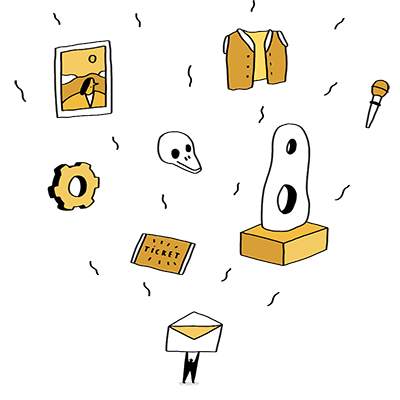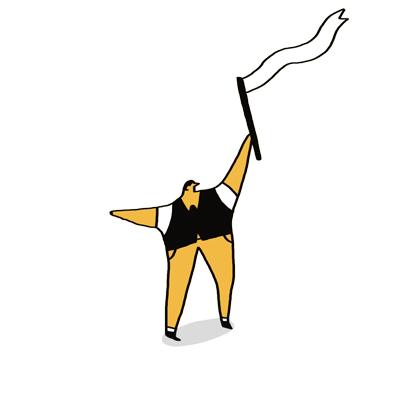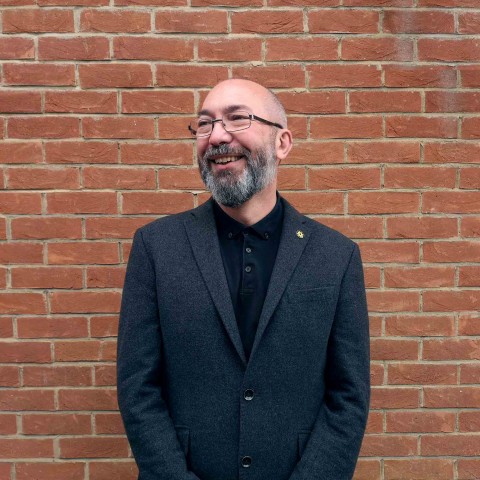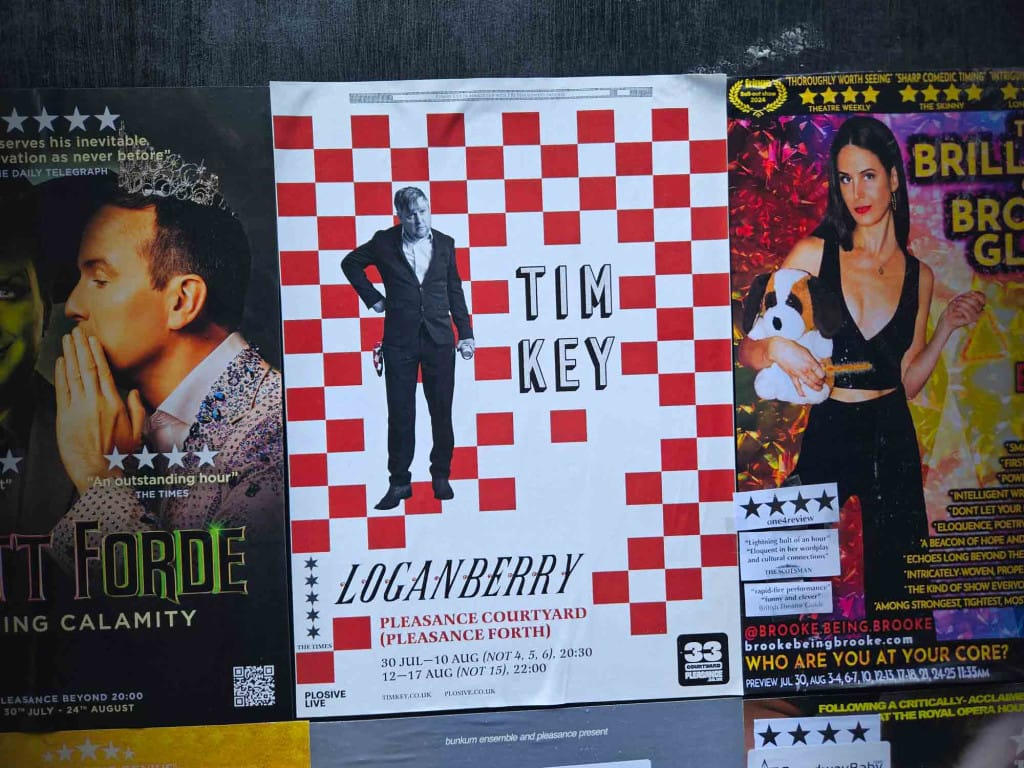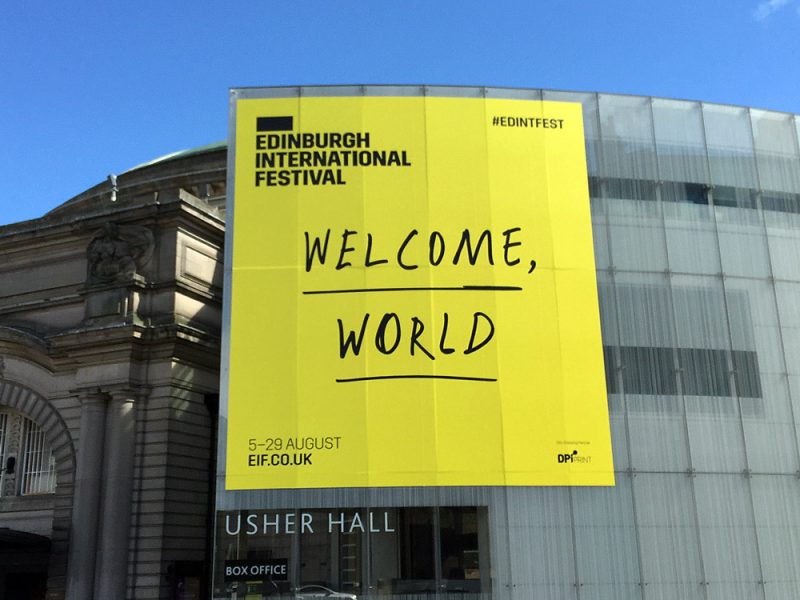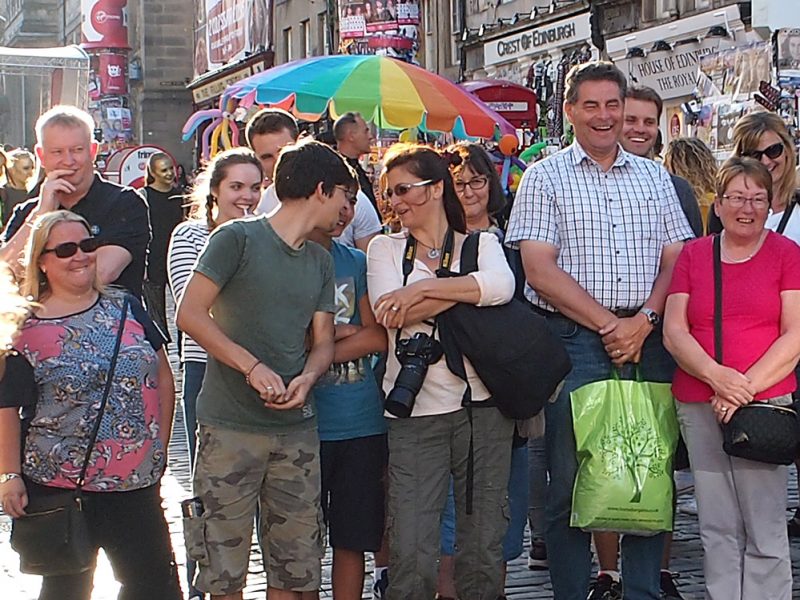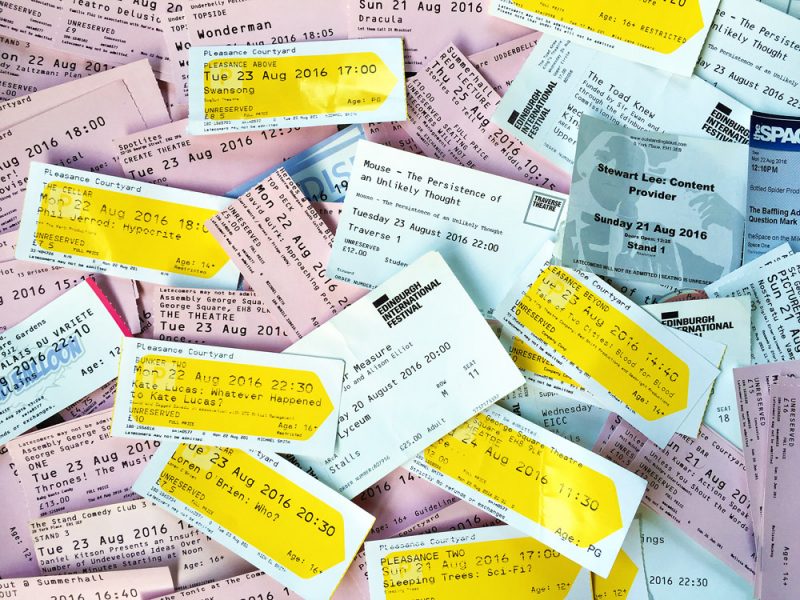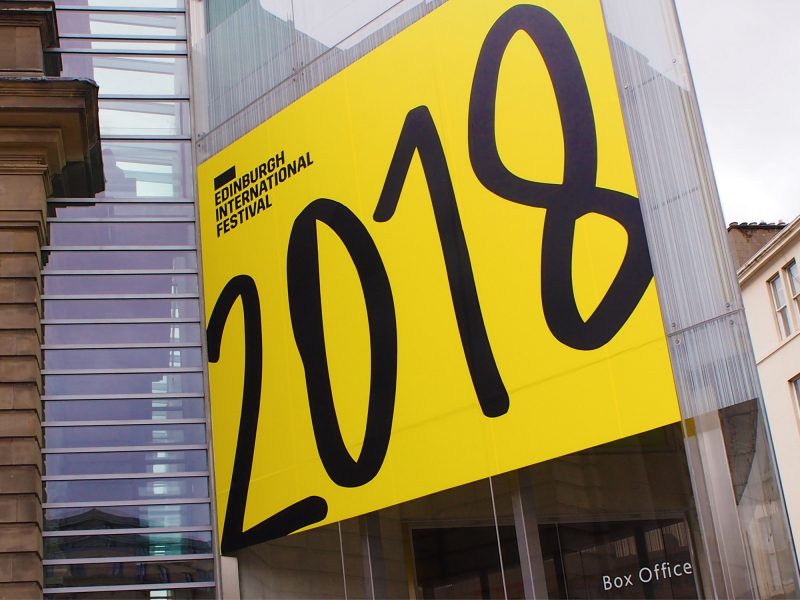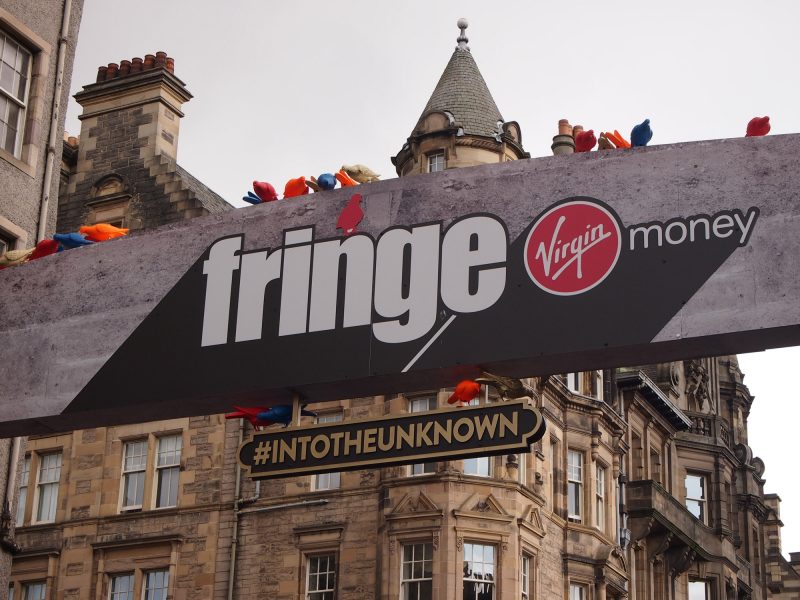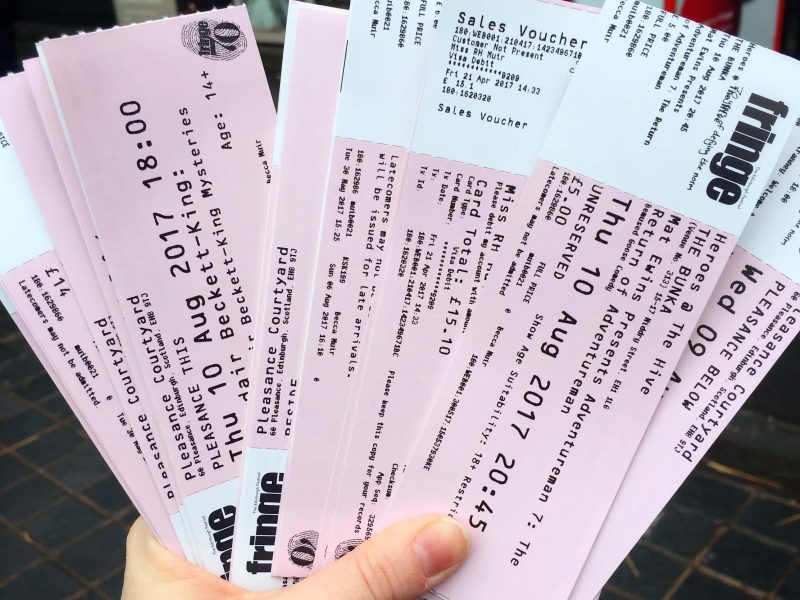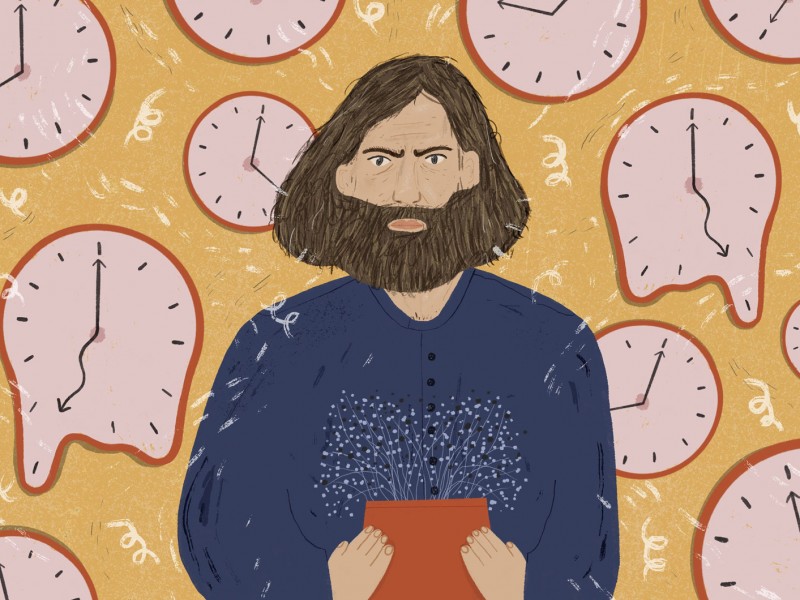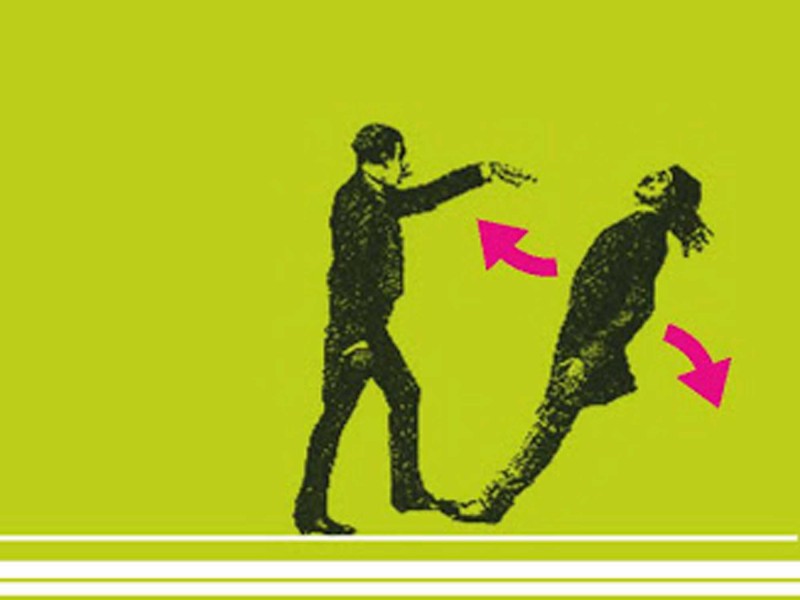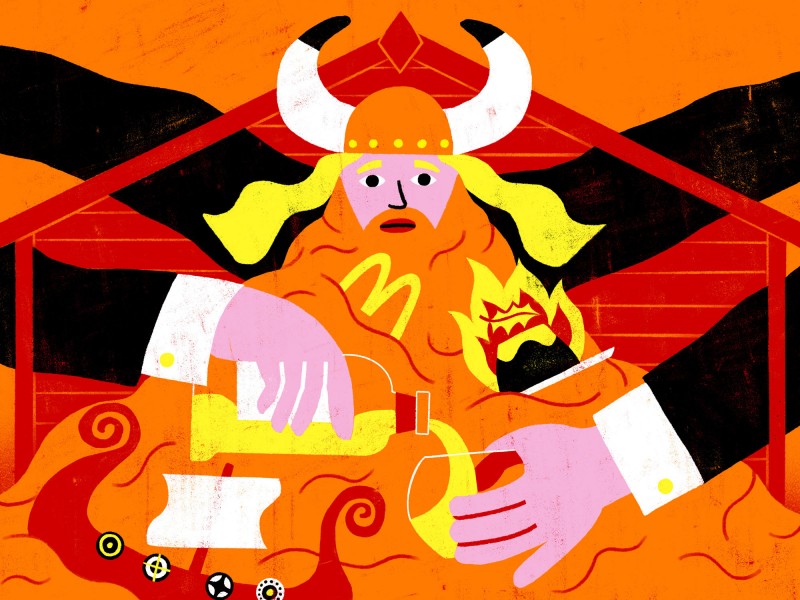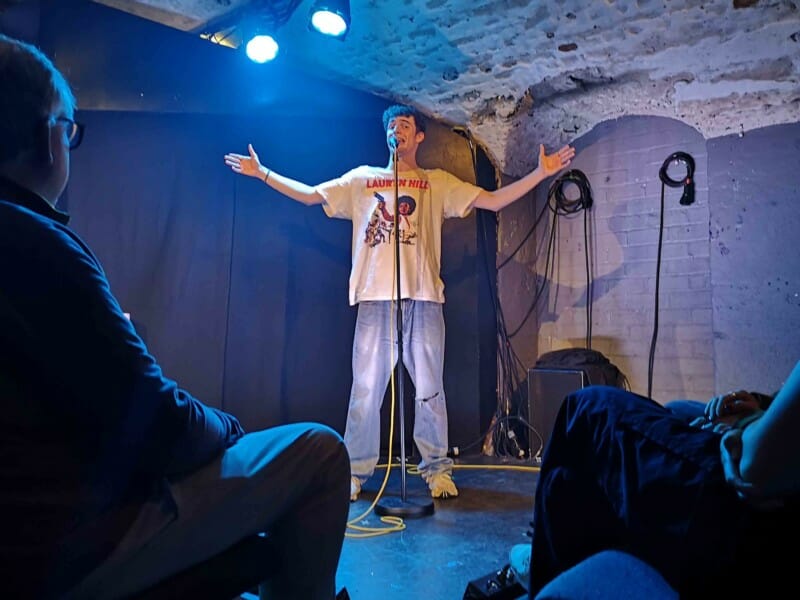As I wrote last time, two years ago… I’m just back from the world’s biggest arts festival. As I often do, I’m writing some notes about my memories and experiences. Writing stuff down helps me to order my thoughts, form opinions and fix the memories. I’m doing this for me but there might be some interesting snippets for others…
Edinburgh Fringe (and Festival) 2025
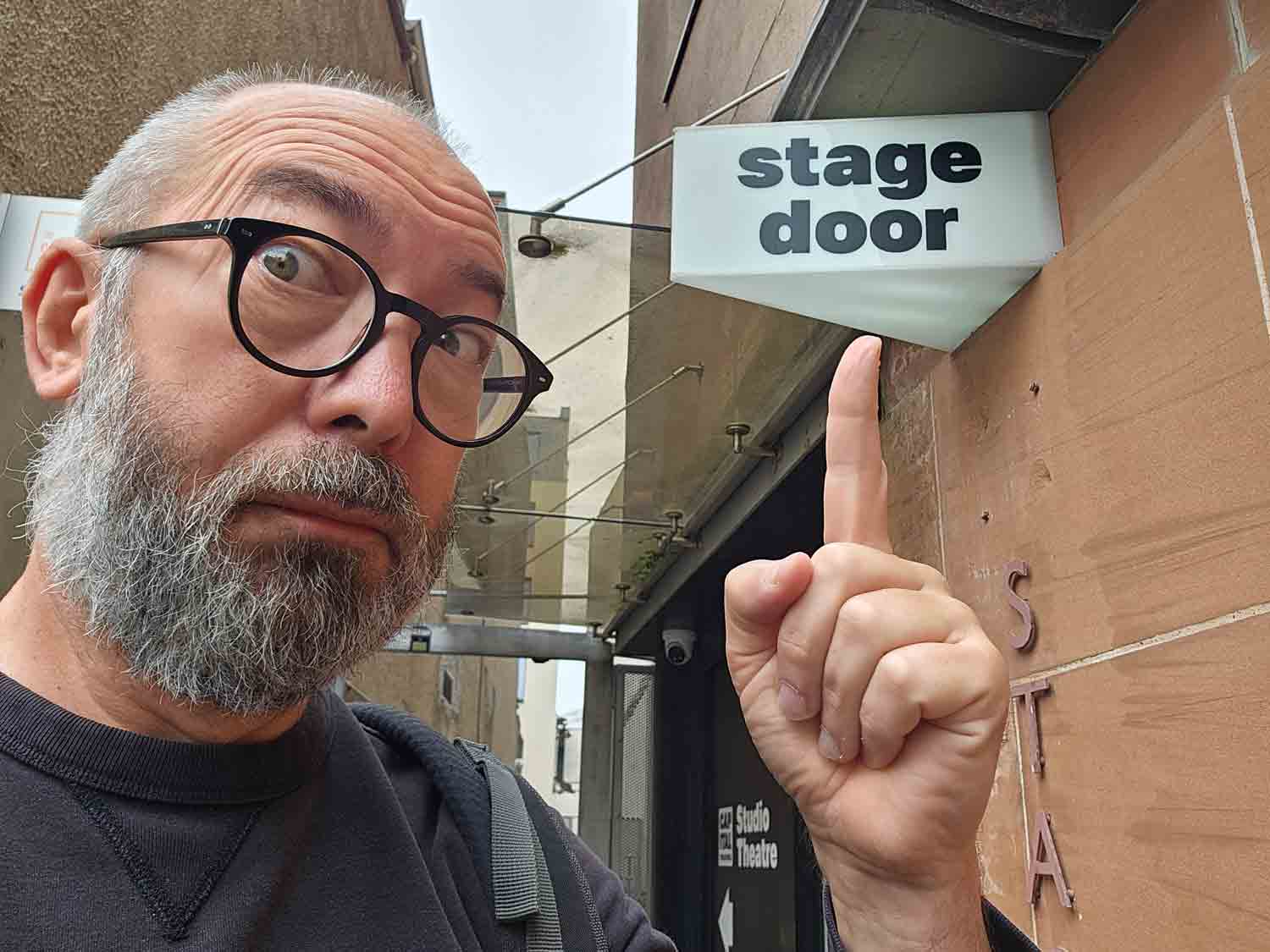
I’m that bit older but certainly no wiser than my last trip to the Fringe. Learning from the past, I tried really hard to plan (yes, I had a spreadsheet) and I tried to book shows with reasonable gaps to allow time to walk between venues (and maybe even eat occasionally). I set out to be more deliberate, to pick wisely and to leave space for drop-ins and recommendations. And of course I was determined to stick to my clear guidelines: no improvisation, no musicals, no juggling, and give stand-up a wide berth.
I failed in every respect (apart from the juggling): I ran between venues, arriving in a hot mess; I had to abandon tickets to shows in order to fit in recommendations but I had some huge gaps where I was wandering aimlessly for an hour or two; I ended up seeing several stand-up shows, a musical and an improv-set; and I became so determined to complete Elf Lyons’s Bird Trilogy that my evening plans flew out of the window.
I saw 41 shows (or maybe 43 depending on how you count) plus a great art exhibition. That’s just as many as previous years so maybe I wasn’t any more discerning.
It’s impossible to rank one show over another, and this really isn’t a ‘review’ in the sense of objective, critical analysis, but I do want to be able to look back and jog my memories.
So, entirely subjectively, and in no order, here are the 10 shows that stood out to me:
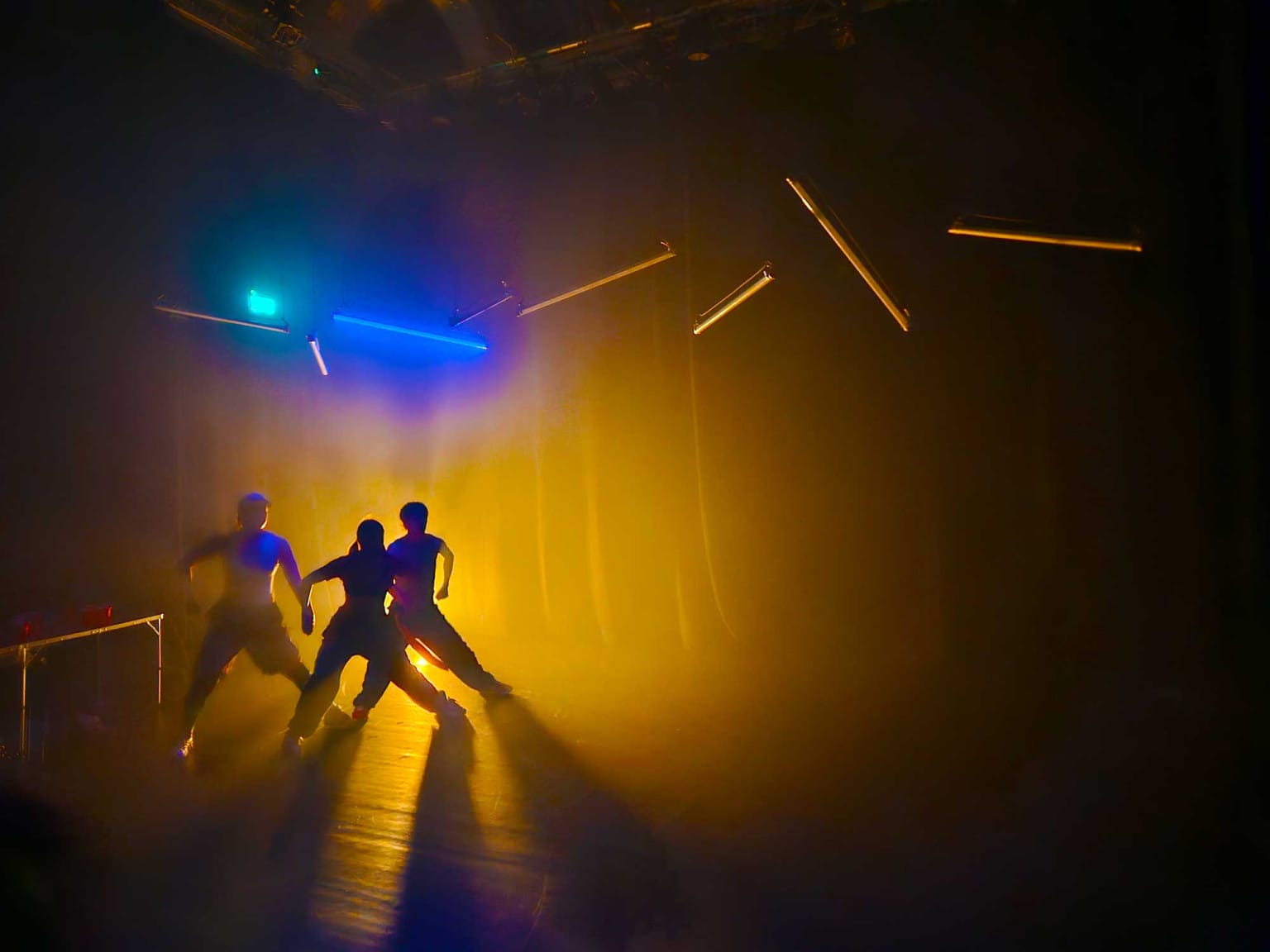 Oli Mathiesen, Lucy Lynch, Sharvon Mortimer performing The Butterfly Who Flew Into The Rave
Oli Mathiesen, Lucy Lynch, Sharvon Mortimer performing The Butterfly Who Flew Into The Rave
1. The Butterfly Who Flew Into The Rave
Main Hall at Summerhall
I think this was the first show on my spreadsheet. They had me at ‘durational dance piece’.
Queuing on the Summerhall stairs we were called to the space by the tribal drumming of Detroit Techno. The door staff wrapped fluoro bands around our wrists as we shuffled our way in, hearts already thumping in step to the rhythm.
It’s 1989. I’m at that club, filled with anticipation and trepidation for the night ahead.
Dark, haze, strip-lit, disconcertingly loud we take our seats. Everyone is already shifting, nodding, tapping,.. perfectly uncomfortable.
On the floor, three dancers bounce in time. To their side, a simple table, laden with red plastic cups of water.
The volume builds, the beat drops and the three move as one.
What follows is an hour of almost continuous, choreographed, synchronised street-dance. Simple at first, growing ever more complex, broken to grab water, remove layers and at one point to don white gloves to extenuate the black-light movement.
The transcendence builds and the room becomes a backlit cathedral, we notice three of the red plastic cups lit from within, like votive candles.
We are witness to something special, something out of body.
Yes, of course I had to look it up. The music was (apparently) Nocturbulous Behaviour by Suburban Knight.
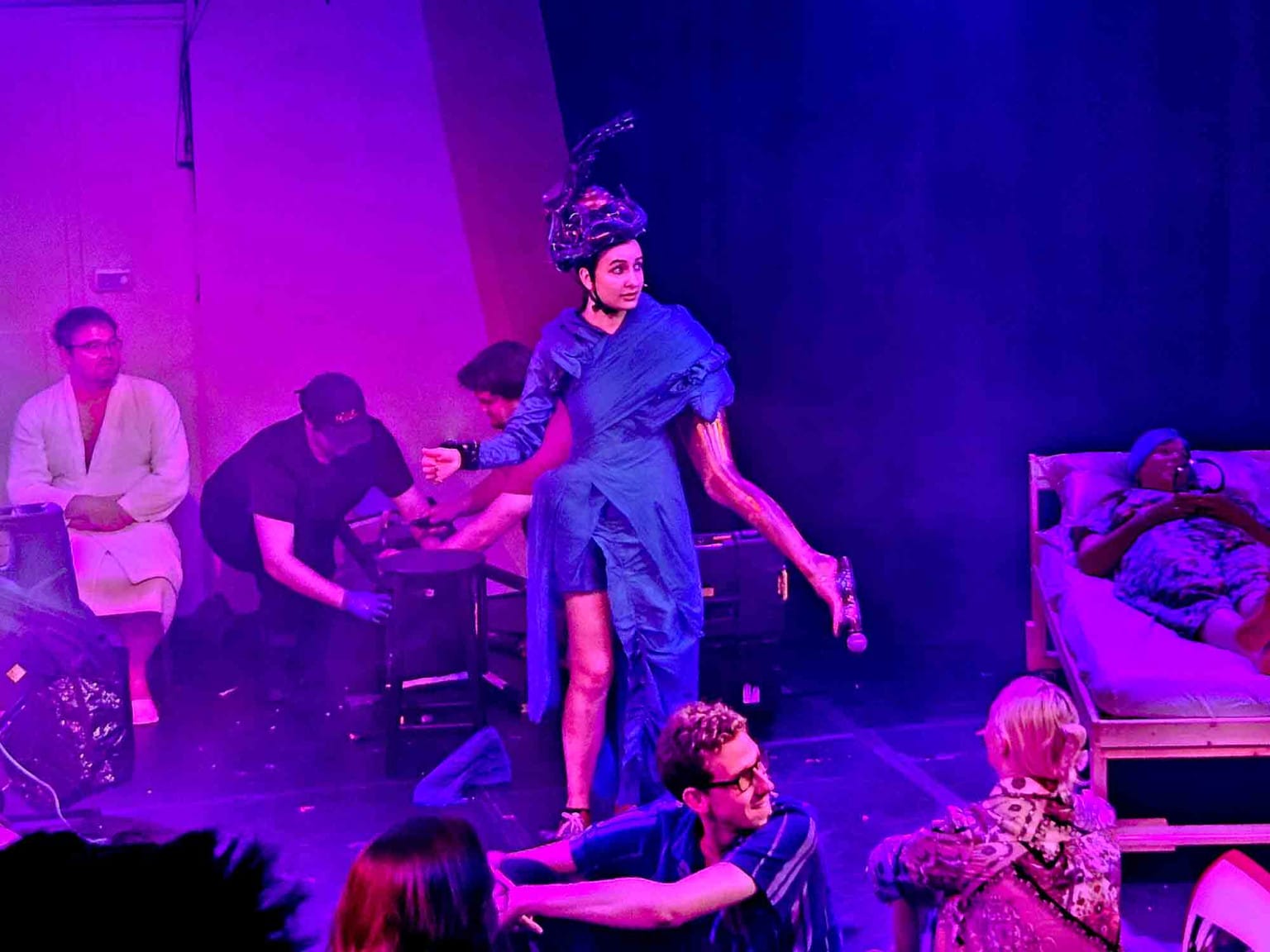 Julia Masli
Julia Masli
2. Julia Masli: ha ha ha ha ha ha ha
Queen Dome at Pleasance Dome
This was my fourth time seeing this show (having kicked myself for falling asleep and missing it at the Fringe two years ago). Each time I worry it can’t be as good as the last; each time it gets better. She gets better.
There is something incredible about the faith she has in her own ability to disarm an audience.
Her character is otherworldly, a kind of naive alien whose ambition is to solve our problems.
The first 5, maybe it’s 10 minutes (it can feel so much longer) is almost silent, the audience hanging on her only word, ‘ha’…’ha’…’ha’… she tinkles a bell…
Ha?’ she implores…intently, purposefully, holding out her arm (which is actually a shop dummy leg with a microphone taped on) and she waits… and waits… until ‘ha’ comes back as a timid reply. She tinkles her bell approvingly.
And we’re off… she has welcomed us into her constructed reality. We are in the palm of her foot.
With detached naivety she asks people about their problems.
Of course she’s used to the kinds of answers people give and she has brilliant, surreal responses and set-piece retorts. It is genuinely different every night but there has to be a framework to hang it all on.
The fourth time around it’s like seeing a brilliant magician. Knowing how the trick works makes it all the more incredible to see it performed by someone with such mastery.
By the end of this show, the stage is filled by the characters we have met along the way: an aching man is being messaged by a dance therapist, an author has written a ode to oysters which is read by someone who seeks more than friendship, two lads use hammer and nails to rebuild a smashed chair, a tired woman is asleep on a bed, two strangers are snogging amidst the chaos and a man steps into a shower as a woman is hoisted aloft by strangers, carried from the stage by members of this now united throng of Masli devotees.
Julia stands in the centre, smiling, wide-eyed at the wonder of the joy she has brought to another congregation.
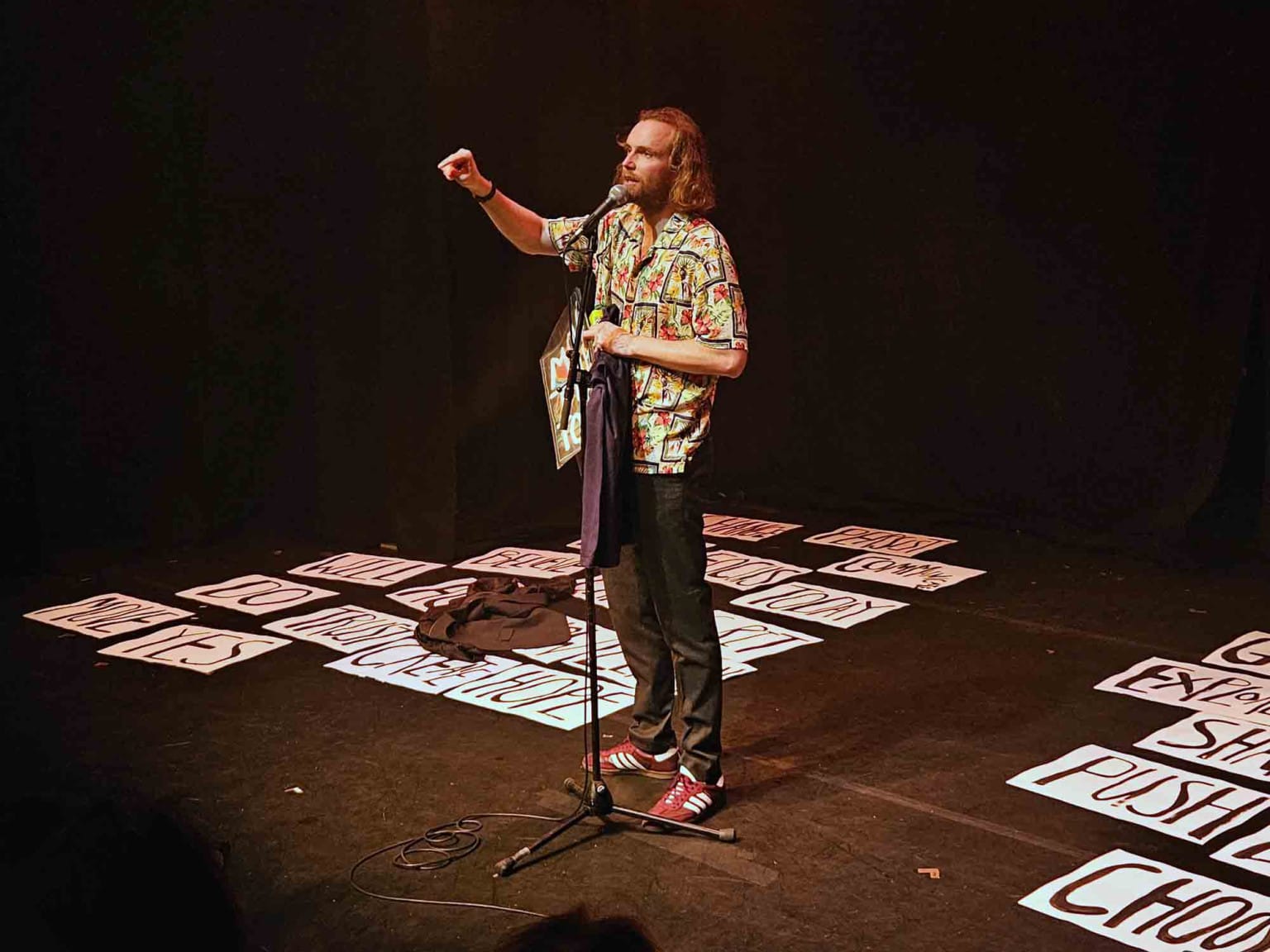 Rob Auton
Rob Auton
3. Rob Auton: CAN (An Hour-Long Story)
Upstairs at Assembly Roxy
I almost missed Rob Auton’s (10th anniversary) show at my last Fringe. I won’t ever make that mistake again.
He is an exceptional writer and performer.
His previous shows have been weaved around often silly observational jokes, focused on a single theme. This one was (slightly) different.
Can is a character, a man who accidentally becomes the world’s most successful motivational speaker via a simple mantra – ‘move the toaster’.
He solves all conflict and world aggression via an international summit of world leaders.
So why does his own life still feel unfulfilled?
Can is a masterclass in writing, construction, pacing, focus, audience engagement and fulfilling pay-offs. It’s a genuinely life-affirming oasis in a sea of misery and existential crisis. Why can’t we all be more like Can?
At the end, Rob silently counted us in as the entire audience screamed ‘LIFE!’ into the void.
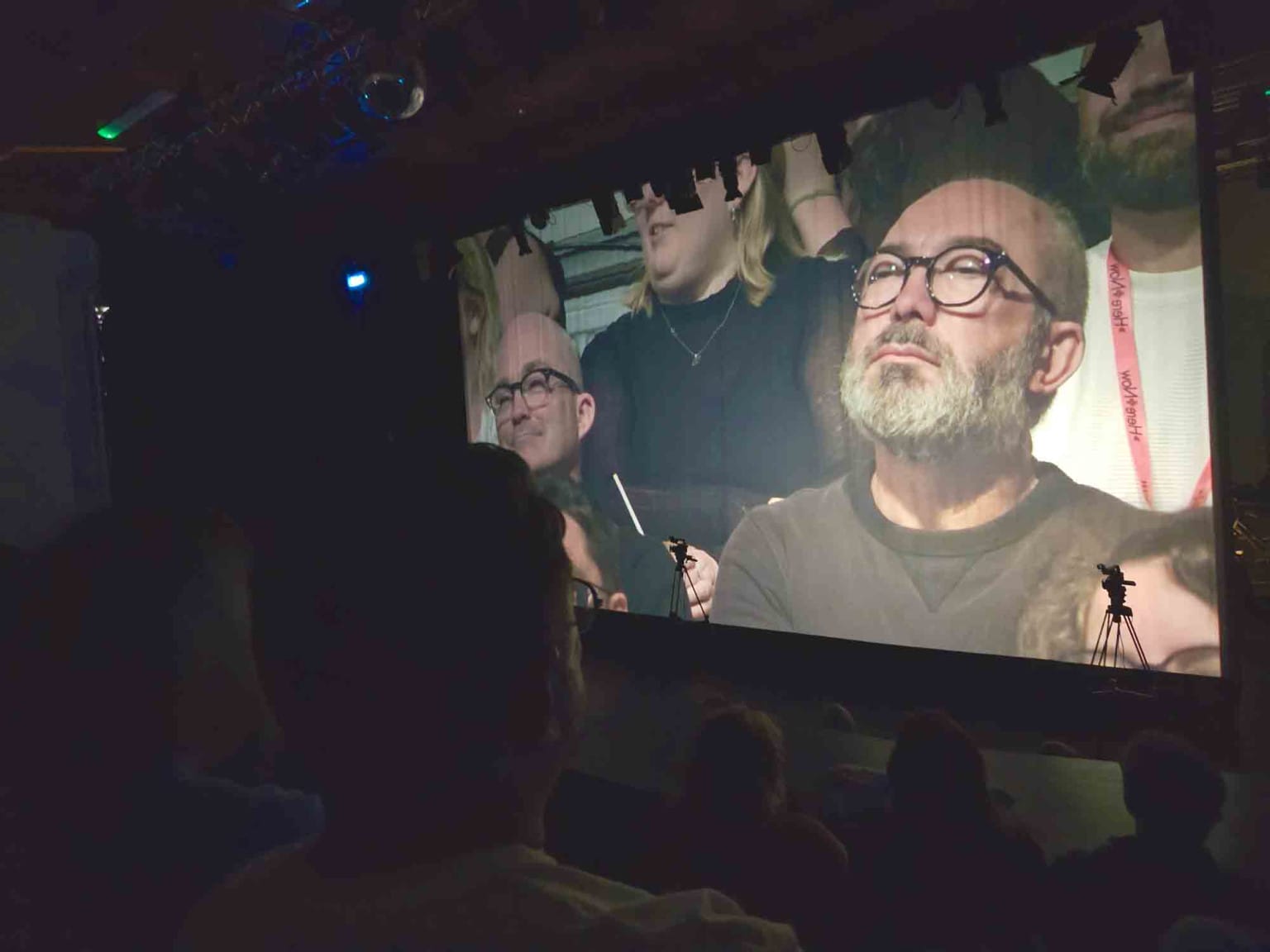 Michael's massive head, projected on a cinematic screen
Michael's massive head, projected on a cinematic screen
4. Thanks for Being Here
Ontroerend Goed
ZOO Southside
I’d seen this Belgian company two years ago (where we all took part in a funeral ceremony) so knew that this year’s show would be special but I had no idea how.
They made us wait to go in, queuing up the stairs. It was infuriating and stressful. Someone was walking up and down, interviewing us: ‘what does the title suggest to you, what do you expect will happen?’
Eventually we were let in and danced the dance of finding a space. We shuffled along, we held our ground, we marked our territory. We settled and sat in solitude or chatted with our neighbours. All the while we were being observed.
House lights on, cameras were set up on tripods on the stage and the images beamed onto a cinema sized screen across it. The cameras moved along every row, our faces, huge on the screen. At first people were shy and still but gradually a waving hand got a laugh, a funny face, a hat-tip and a wink.
Was this really the show?
Latecomers arrived and one very deliberately found a spare space. We all understood she was a plant but why?
As the ‘show’ progressed the projection changed, wound back to before we arrived. The empty chairs, gradually filling as a voice-over seemingly directed the action…
“OK, the woman with the tote bag, look around the empty space and choose the perfect seat; that’s great, now other people amass around her in that section. The man in the stripy jumper, get up and move to a new section. Great, now the woman in the orange framed glasses, take your time and really make a meal out of removing your jumper. Let’s have lots of jostling the stairways as one of you blocks the path of the others…”
Then audio of interviews from the queue, intermittently lip-synched by the performers or played over the silent contemplations of close ups of us from earlier. My massive face appeared on screen as a man’s voice laughingly suggested that all attention might be thrown onto the audience.
There was a point where the late arriver sat alone in the empty chairs, weeping at the crescendo of some sad, atmospheric music. Then a glitterball span and bathed us in its reflections.
A voiceover talked over the post show ritual of asking what someone thought of the show. Of sitting in the bar, dissecting and suggesting ways to make it better.
At one point, the late arriver was asked to go out and down to the street to find a stranger to participate. We heard her trying to persuade several passers-by until eventually she led a woman in and up the stairs. We all cheered as she entered – what an experience for her.
And then we heard audio clips of people suggesting ways to make or improve the show… what about a glitterball, or inviting a stranger in, or a lone person weeping to the crescendo of sad music or…
The whole work was so interesting, so thought-provoking, so lacking pretension or po-faced intellectualism.
It’s the show I have thought most about ever since.
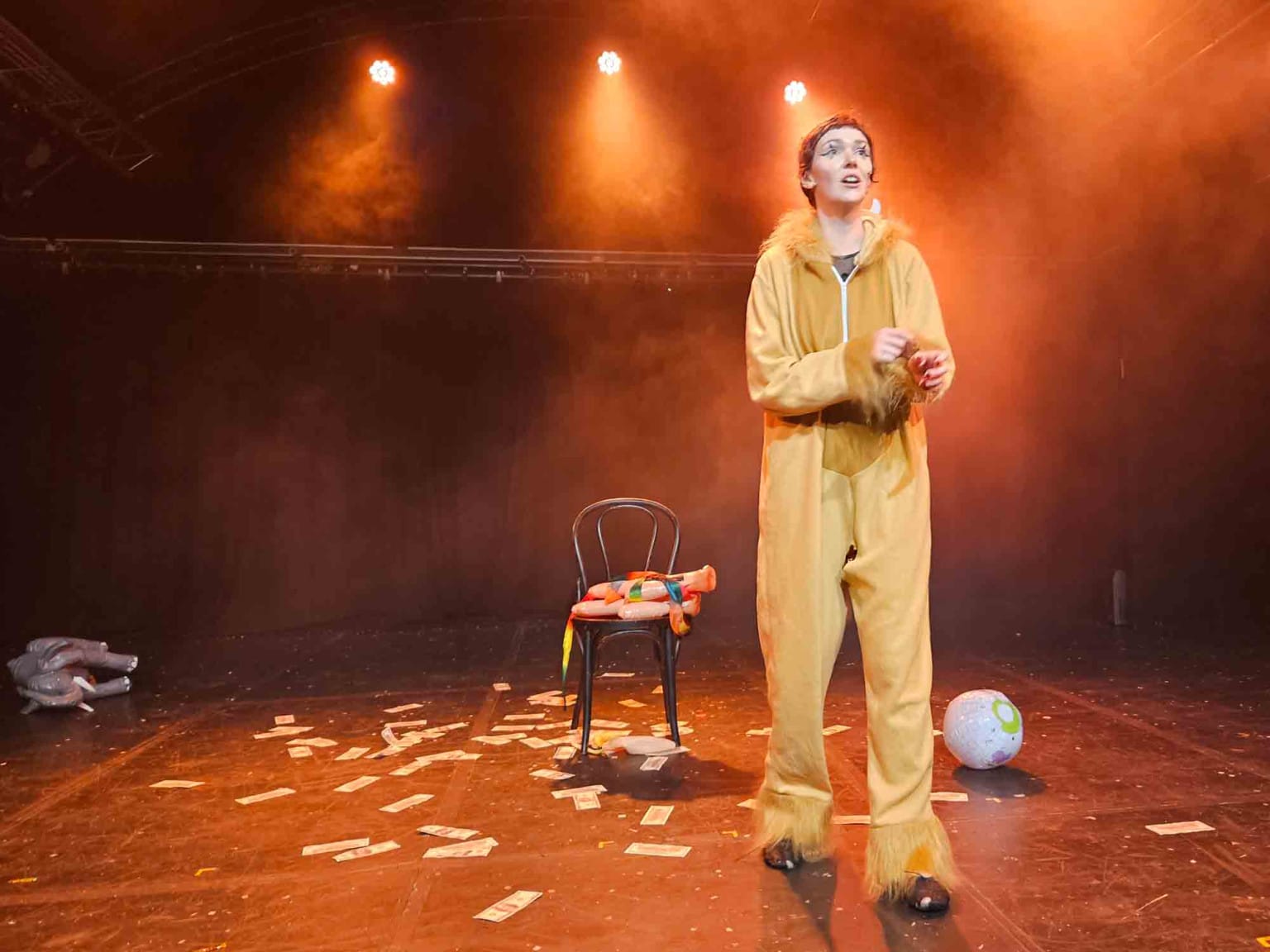 Elf Lyons
Elf Lyons
5. Elf Lyons: The Bird Trilogy
a) Raven
b) Swan
c) Chiff Chaff
King Dome at Pleasance Dome
I’d never seen Elf Lyons before. I made up for it here.
I’d booked early for The Bird Trilogy (based purely in the knowledge that I’d seen it had previously been advertised at Soho Theatre) but wasn’t paying enough attention to realise that this was actually three separate shows, performed on consecutive nights. These were back-catalogue highlights, brought back for a final swan (raven and chiff chaff) song.
Raven was such an astonishing show that I spent the next two days checking the Fringe app, hoping for returns on the next (sold out) nights. My persistence paid off and I got to see them all.
I kind of wish I’d seen them in the order they were made…
b) Swan
Told largely in faux pigeon-French, through music and dance, whilst dressed as a parrot, Elf explains the plot of Swan Lake, questions the conventions of classical ballet and proposes questionable facts about its composer. Fact 1, nobody knows how to spell Tchaikovsky.
She moves effortlessly from clown to mime to dance to knowingly confrontational crowd engagement. Hilarious, engaging and naturally well observed comedy. Described by The Guardian, in 2017, as “almost aggressively winsome”.
c) Chiff Chaff
As a side-hustle, Elf hosts a podcast with her dad, Gerard Lyons, a prominent UK economist known for co-founding Economists for Brexit.
Chiff Chaff is her economics show, written a long time ago but updated with a couple of references and enhanced by recent recordings of conversations with her father where she wonders if she should give up the performing and just settle down and start a family. It’s a disarmingly candid moment.
The show uses musicals as its key references. Cabaret provides the motif for costume, staging (well, a chair) and lap-dance; The Lion King for the moment she gives birth to a globe. And Fiddler on the Roof for a rewritten version of If I Were a Rich Man, which might have been brilliant but I couldn’t hear any of the lyrics because she’d chosen me to keep the beat with maracas which I found overwhelmingly stressful.
a) Raven
Raven was a much darker, in every sense.
This show is packed with references to the novels and the film adaptations of Stephen King. Elf is obsessed, she is his number one fan* and if he crashed his car in the snow she would rescue and take care of him.
But this isn’t just an homage, this show is about monsters, those we fear and those we fear we might become.
In the show she talks about training as a bouffon, where her mentor told her she was most watchable when she was feared.
She talked about the terrors of being child who know that monsters are real. Early on she hints at her own horror as she acts as a child in her adult body, being sexually provocative and chiding the front-row men for sexualising her child persona– paedos!
Later she references the dread of boarding school, the terror of walking the dark corridors at night to get to the toilet. She becomes the monsterous school matron, the personification of that horror, and the woman who said ‘at least you’re not pregnant’ whilst covering up the abuse.
By the end of show, Rage Against the Machine is blaring and Elf is miming the castration and dis-memberment of the men in the audience, she’s bits the ends off cucumbers and she goes wild with a mallet, smashing a watermellon.
It was a genuinely extraordinary experience to witness.
A minute later she was at the exit, smiling and waving and thanking us for coming.
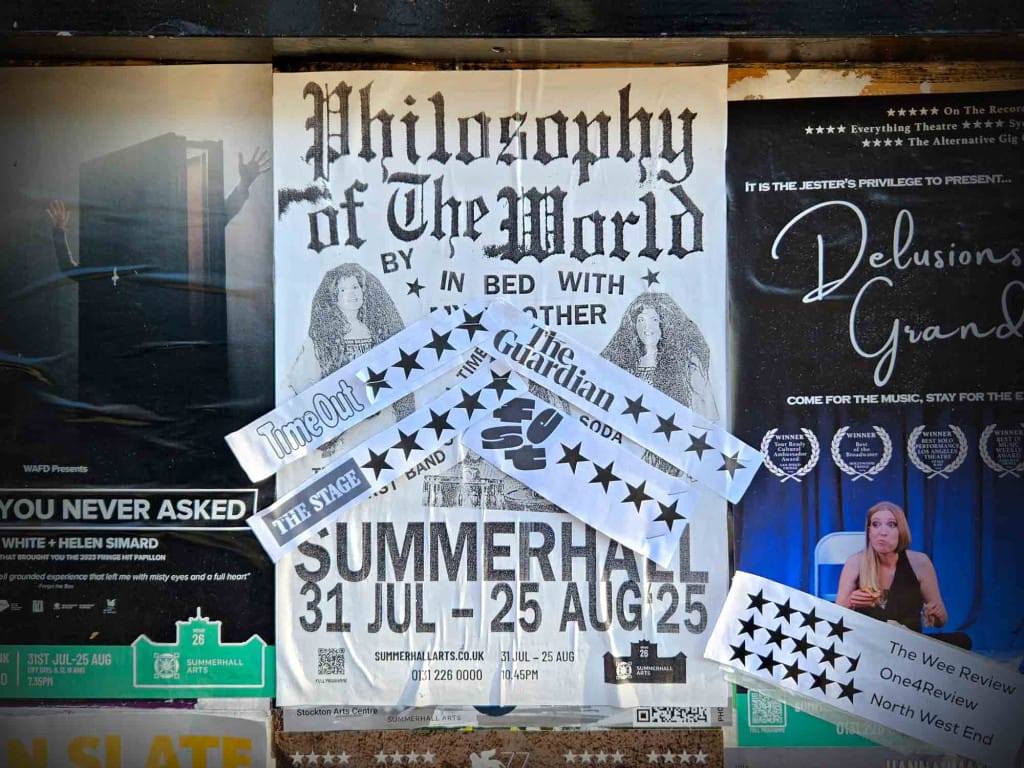
6. Philosophy of the World
In Bed With My Brother
Red Lecture Theatre at Summerhall
This show begins fairly conventionally. We are here to follow the story of The Shaggs, three sisters who were locked in a basement by their father, convinced, by the prophesy of a fortune teller, that they would become a famous rock band.
Starved of outside influence they learned their own kind of music making and wrote their own manifesto which became the album title The Philosophy of the World.
The performance company, In Bed With My Brother (who are themselves often mistaken for three sisters) explain that they have employed an actor to play Nigel the roadie. And they ask us not to tell anyone about the show because Tom Cruise owns the rights to the story of The Shaggs.
They mime the action. It’s silly and surly and involves the audience booing and throwing cans as the story unfolds via projected surtitles.
But then we reach the point where the dad dies and the girls can escape the basement… and the women let rip. They kill Nigel who represents the father. He comes back to life, they kill him again, over and over.
One takes the mic and begins a shouty speech making connections and denouncing the patriarchy and capitalism… why did Kurt Cobain wear a Shaggs t-shirt (was it exploitation)? Did the subsequent reunion help those women or force them back into their horror? Why has Tom Cruise bought the rights to their story? Are we exploiting their misery by being here today?
Another starts constructing the drum kit, whose parts have been hurled about throughout the show, the third is using the huge blackboard to make connections between the threads of the story and the speech.
There is feedback, building bass, impending dread. The drummer beats a lack of rhythm. The women have taken off their tops. The sound is now deafening and screaching. And Nigel kills each woman in turn. Leaving their bodies piled on the floor he wipes the blackboard clean and leaves the stage.
And we clap and cheer but the women lie still, silenced as we realise the show is over and we shuffle out to find ‘Nigel’ selling t-shirts in the corridor.
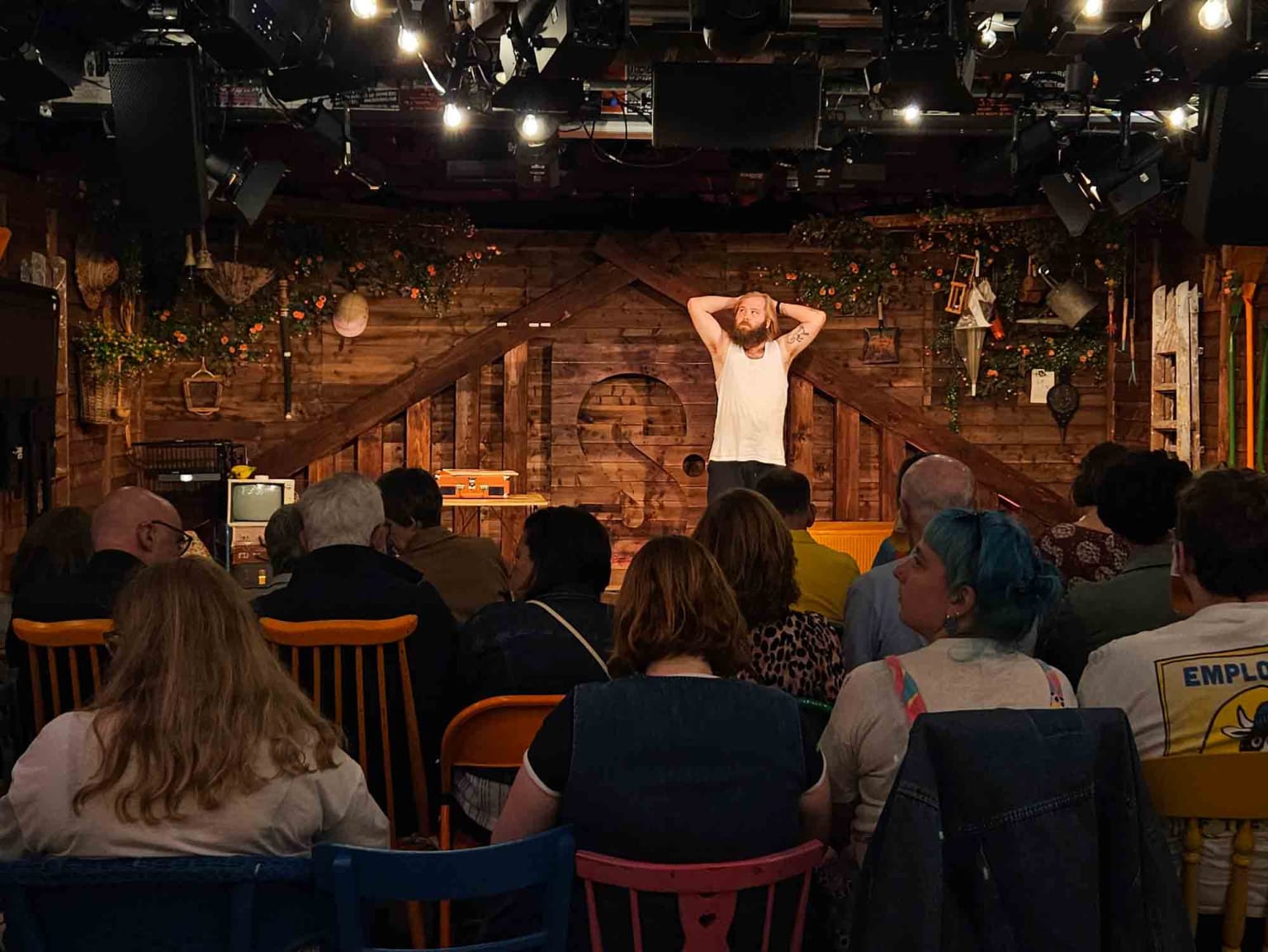 James Rowland on stage at Shedinburgh
James Rowland on stage at Shedinburgh
7. Songs of the Heart Trilogy
a) Learning to Fly
b) Piece of Work
c) James Rowland Dies at the End of the Show
Shedinburgh
I first saw James Rowland (performing Team Viking) in a very small room at the Fringe in 2016. He felt like a find, a gem in the mine.
He’s a hugely affable and engaging storyteller. It was a privilege to be at this back to back performance of three works that he had always conceived as a trilogy.
First it’s worth mentioning the venue.
Shedinburgh was a covid-era initiative to film shows within sheds, to be streamed during the lockdowns. The concept was devised by Producer Francesca Moody and performer Gary McNair.
We even ‘attended’ one as a Cog Night… it was a performance by James Rowland of that first show, Team Viking.
Now, the Shedinburgh name has been revived, by Moody and friends, as an all new Fringe venue, on campus at Edinburgh College of Art. It retains the wood panelled, rustic, abandoned furniture feel. But it’s far from dishevelled; it’s actually the most visually stylish and well considered Fringe venue, and the resident pizza van cooked a mean Margherita.
Moody seems to have pulled in favours and in this, their first year, they are hosting one-off happenings rather than runs of shows.
Team Viking at Shedinburgh
For our March Cog Night, we pressed play on James Rowland's greatest ‘hut’, Team Viking streamed as part of the...
a) Learning to Fly
In the first, and most well reviewed of the trilogy, Rowland revisits his childhood in Didsbury. A sickly child of a busy mum, young James was often left with Anne, the witch-like neighbour who doesn’t like boys.
Through time (and an excruciating toilet accident) their friendships grows, with Anne introducing James to classical music and the concept of sadness. And James trying to cheer her up via pills from the school dealer.
b) Piece of work
Picking up on themes of depression and suicide, Rowland points out that Hamlet is not the suicidal character in the play, it’s Ophelia who silently takes her own life while Hamlet constantly talks about living.
Rowland talks about his adopted brother. He talks of love and loss, of complex relationships, of clever men who cannot manage the emotions of their lives, and in turn destroy the lives of those around them.
Maps become our charts of interactions, historic context, reminders of the futility of our worrying. We are specs, the “quintessence of dust” in the cosmos of it all.
It’s a beautiful, complex, portrayal of hurt and internal strife with no happy ending.
‘The haircut’
At the start of the trilogy, Rowland told us to stick around as Francesca Moody would be shaving his head between shows 2 and 3. Most of us thought it was a ruse to keep us there for the whole afternoon.
But, after show two, it came true. Moody appeared, in an oversized shirt and tie, and set to work on Rowland’s hair (which ‘nobody has cut for years’).
I’ve no idea why it happened but it made for a fun Fringe moment.
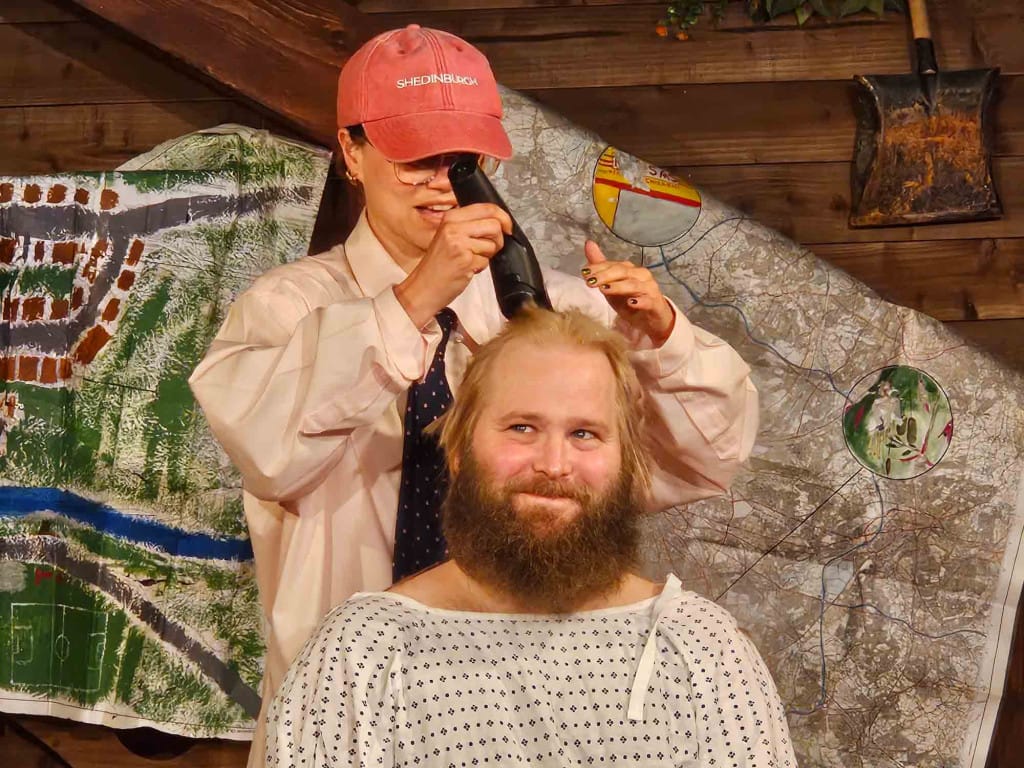
Francesca Moody shaving James Rowland’s head
c) James Rowland Dies at the End of the Show
What would you want to tell an audience in the final hour of your life?
Dressed in a hospital gown, with a digital countdown clock behind him, Rowland clutches a sheaf of jottings he desperately wants to share.
He talks of swimming in the pools of waterfalls, of being rendered speechless by red kites in France as a child. His (English) bird book told him they were almost extinct. Now, decades later the English countryside is filled with them.
But he’s distracted by the story of Robin Hood or at least the version he remembers, with the simplicity of goodies and baddies. Except we all know it isn’t true; the story has been endlessly adapted to contemporary sensibilities.
He talks of the project where Carl Sagan and Ann Druyan had weeks to compile representative music of all humanity, a song for every country, to launch into the Voyager mission. The endeavour brought them together, they fell in love. The perfect ending. Except it wasn’t perfect. Sagan was married with kids, and that compilation was heavily skewed and subjective.
Life isn’t simple stories. It’s messy and complex.
The clock counts down and he throws his remaining papers in the air. His time is up.
8. Tim Key: Loganberry
Forth at Pleasance Courtyard
Tim Key is just brilliant.
He’s in the space before we arrive, immediately upsetting the dynamic, nodding at us as we take our seats, holding a carrier bag of lagers. Thumping up the aisle of the rattling temporary seating he stops at the top and stamps a foot, hurling the lagers onto the floor of the performance area. He thumps down the steps and opens an erupting can, and slips it within his suit jacket so the froth cascades to the floor. Somehow that has become his trademark opening.
He takes cards from his pocket and reads through vignettes, poems and one-line jokes, flicking each to floor as their moments pass and the laughter lands, or not.
He’s angry or maybe frustrated. Why has Gabby Logan invited him to her podcast to talk about being middle-aged? Why hasn’t he settled and found a wife (is it because he’s still holding out for Emma Bunton)? Where’s my MBE? Everything I do is for this fucking empire.
Why don’t people truly appreciate the craft that goes into his 58-minute concerts? Yes ‘concerts’!
His agent tells him he should stop playing the underdog ‘when you’re lighting up cinemas with Carey Mulligan’ but he refuses to acknowledge the celebrity. He’s a hobo on the road, carrying his wares like Dick Whittington in a stick-and-bindle (“I hate that I had to Google that”).
He tied up every loose thread and picked up every tossed card (with a magnetic heal, in a way that would sound contrived if I attempted to describe it, but made absolute sense in the moment), placed them in his bindle and left the stage.
Another perfect 58-minute concert completed.
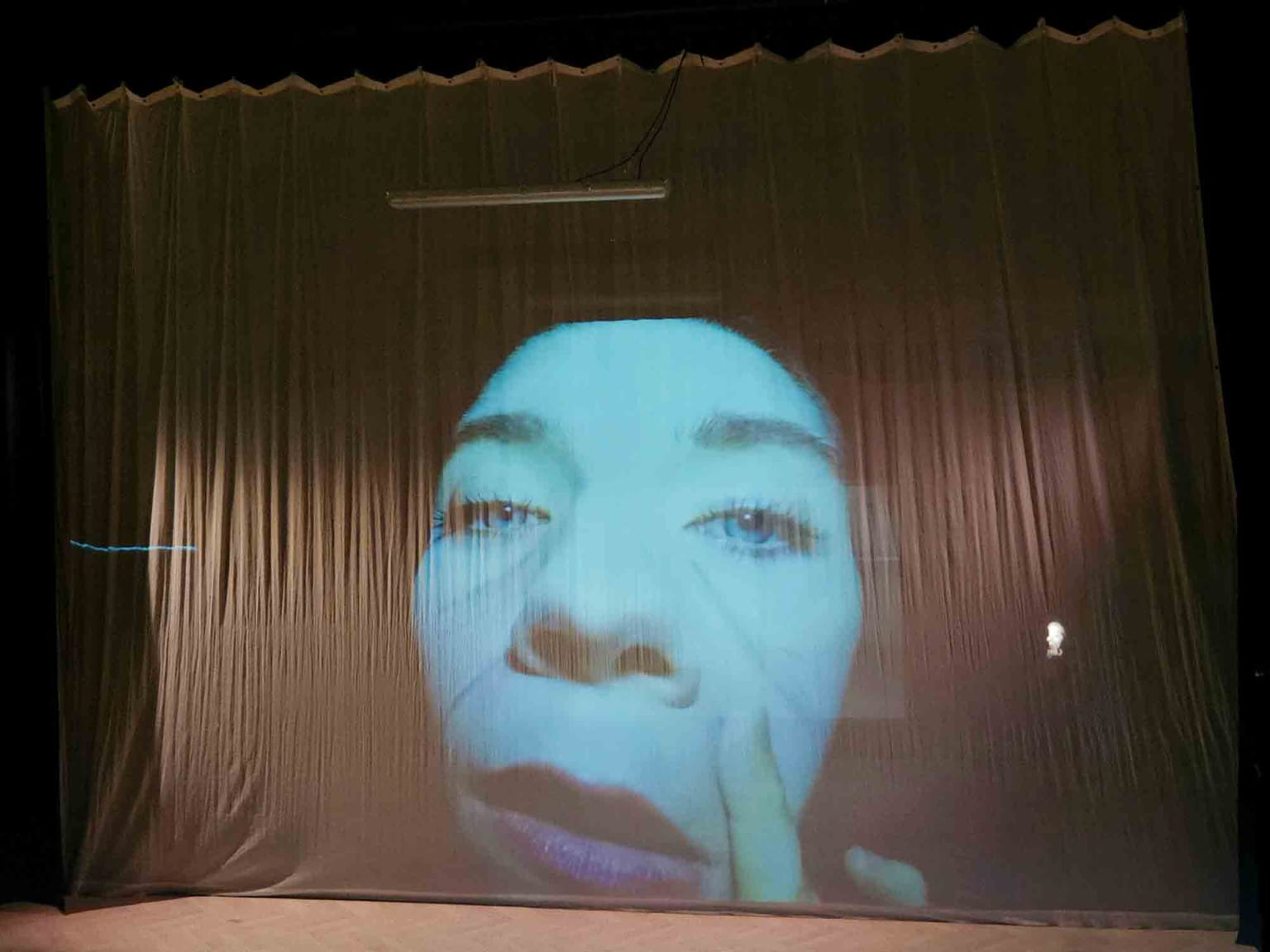 The looming face of actor Venetia Bowe as Joy/Lear before Lost Lear's performance
The looming face of actor Venetia Bowe as Joy/Lear before Lost Lear's performance
9. Lost Lear
Traverse 1 at Traverse Theatre
This show starts with a gentle-voiced man very easily explaining the main plot of King Lear in modern vernacular. An impressive feat in itself.
Then we see a young woman rehearsing the role of Lear. It’s disconcerting because the blurb has warned us that this is a show about ageing and dementia.
A middle aged man stands awkwardly to the side.
Gradually we realise that this a care home. The awkward man is the woman’s son, and the gently spoken narrator is her nurse.
We are seeing Lear as she sees herself – a young celebrity actor at the height of their powers, able to command attention and demand respect.
Her son has come for answers. He has questions and a lifetime of estrangement. He’s uncovered letters that demand explanation. He tries to play the game but he’s terrible and she’s unforgiving. So he shouts and she looks terrified.
Through lighting, a sheer curtain and an exceptional puppet we see Lear as she is now and simultaneously as the vibrant projection in her head.
Despite pleas and prompts from her son, she can’t break out of the Shakespearean spell. So her son complies and plays the final seen as the returning Cordelia, forgiving the King and recognising their fragility.
Very moving, very clever, very good.
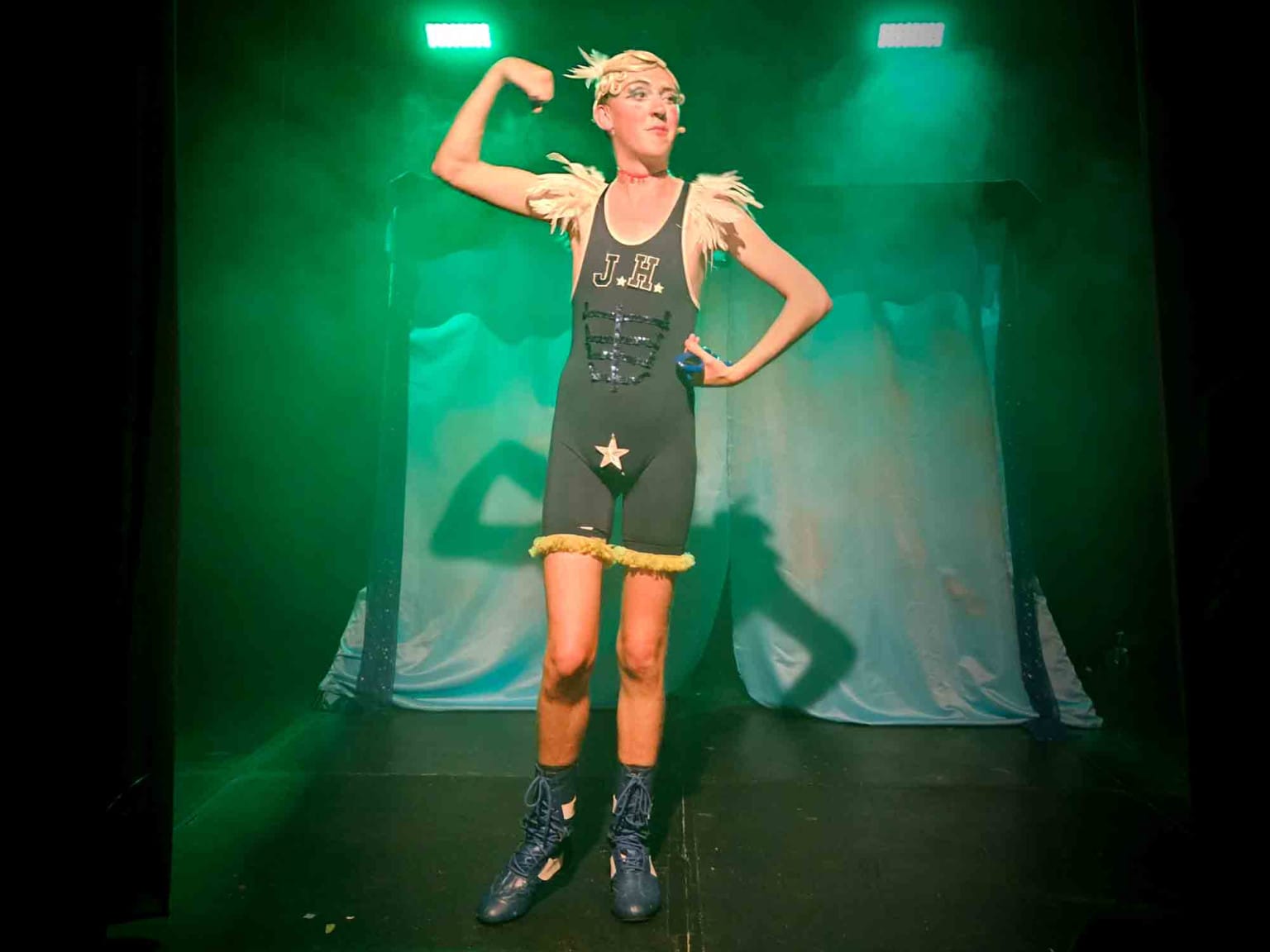 Lachlan Werner as WonderTwunk
Lachlan Werner as WonderTwunk
10. Lachlan Werner: WonderTwunk
10 Dome at Pleasance Dome
Jack Hammer works at his father’s circus as ‘the world’s strongest boy’.
He is referred to as a Twunk because he has the head of Twink and the body of a hunk. He thinks he killed his mother in childbirth by kicking his way out and performing the first ever caesarean from the inside.
Lachlan is a brilliant performer and one of a new generation of ventriloquists. He performed with puppets/dummies of his dad, and a glass-balancing seal. There was also a remote control hamster.
By the end we discovered that his dad was an evil Frankenstein character who had made his son, the seal and the hamster as circus freaks… Jack actually had the head of his mum (an English exchange student from Essex) and the body of a Twink.
It was a very funny show and a great way to end my Fringe.
More brilliant shows…
I’m keen to remember all the other shows I saw too. They were all brilliant in their own way. And even those that I might not have loved will have struck a chord with others so who am I to criticise?
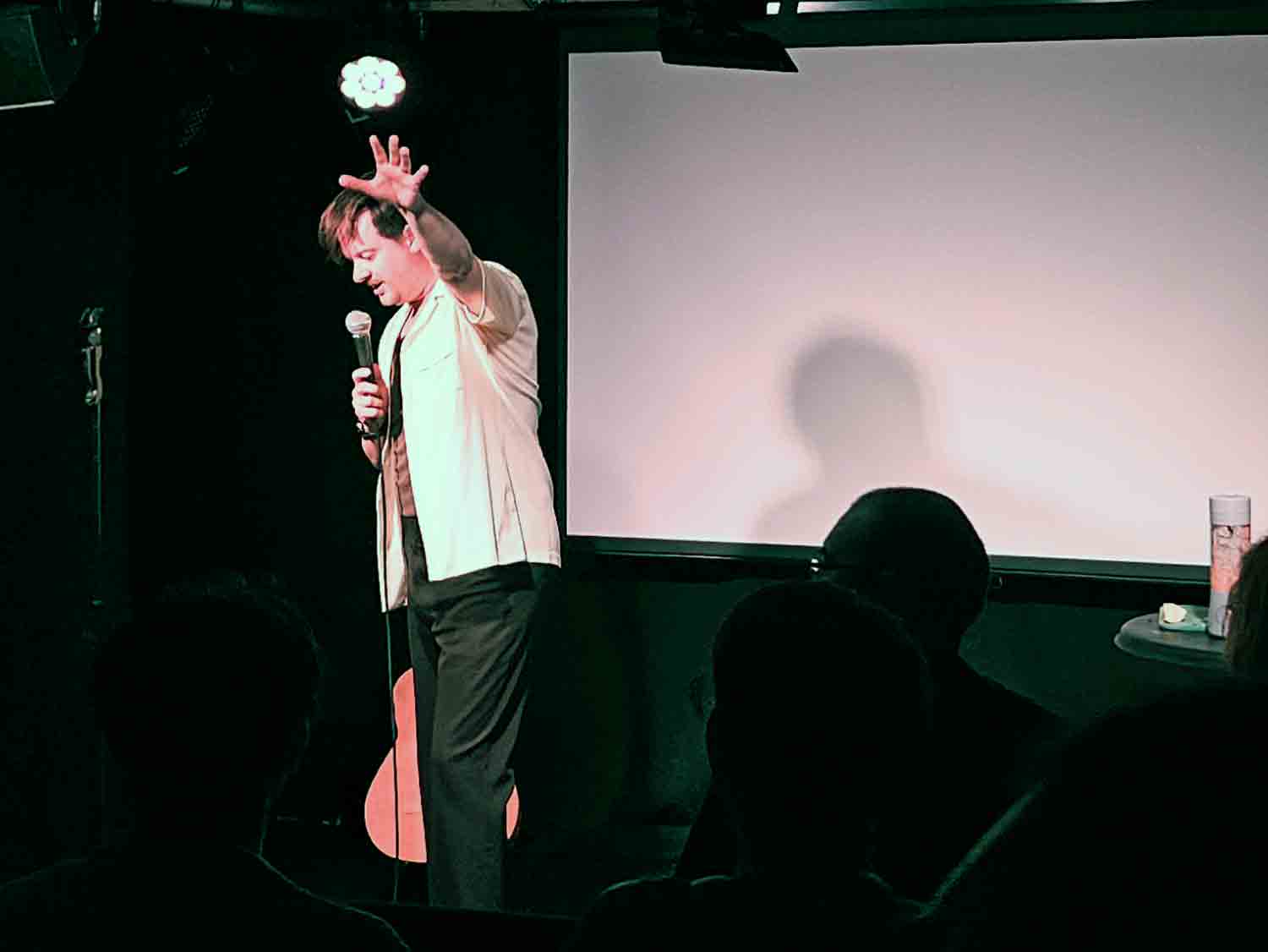 Andy Barr
Andy Barr
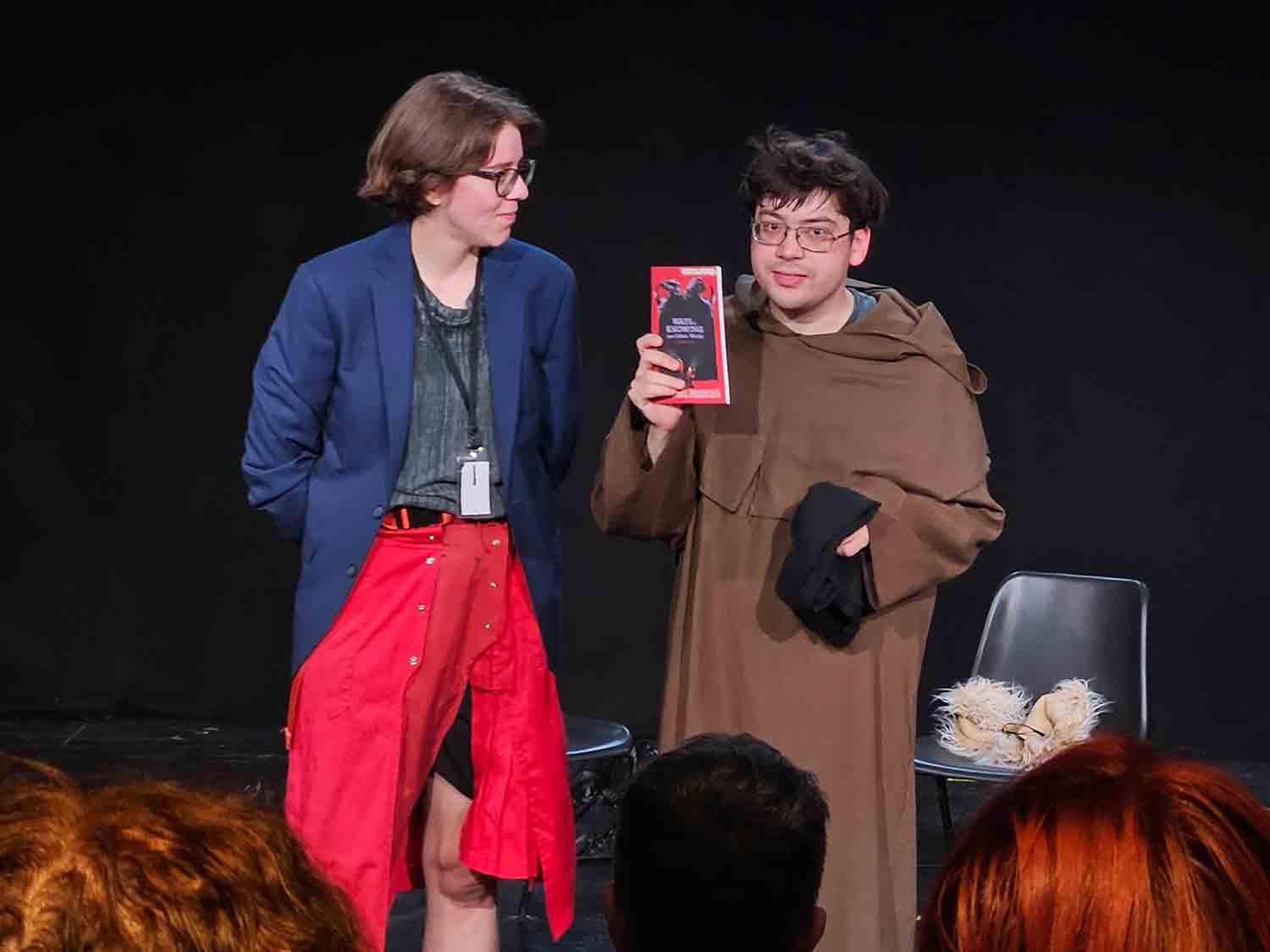 Emergency Chorus
Emergency Chorus
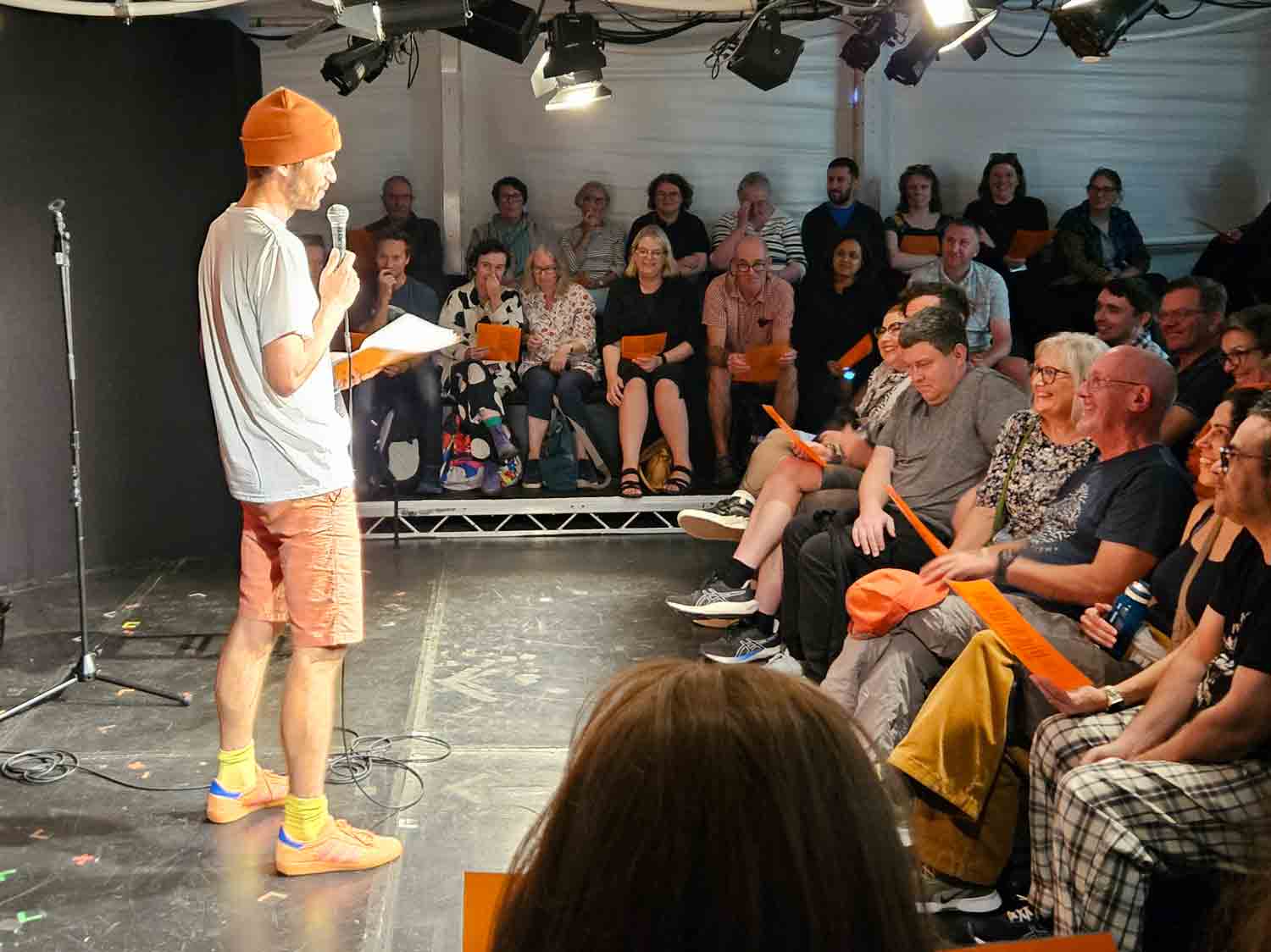 Ivo Graham
Ivo Graham
Andy Barr: The Hotly Anticipated 4th Debut Hour from Rising Star, Andy Barr
Cellar at Pleasance Courtyard
Barr’s hook is that he’s not previously done a straight stand-up show so this is actually his ‘debut’ despite three previous Fringe shows (including the brutalist show, Neustadt which I enjoyed in 2018). He says that ages ago he wrote 40 minutes of material, building to an emotional climax as he deals with the death of a close friend. He’s over that trauma but he may as well do the 40 minutes of material. It’s a great joke in itself (and very telling about the huge number of trauma-centred shows this year) and sets up a very funny set.
Ways of Knowing
Big Belly at Underbelly, Cowgate
Emergency Chorus are an experimental duo. They performed two ‘pieces’ that examined the ways we predict the future (maybe). I describe them as pieces as they were more performance art than narrative works. The first was about barometers… with a fake beard and a lecture about leeches that literally disintegrates in a cloud whilst being read. The second begins in a Welsh caving system and ends with a hermit being interviewed about the future of existence. All brilliantly written and performed with total commitment. I loved it, my partner really didn’t.
Jacob Aldcroft: The Day I Got the Horn
Bothie at Gilded Balloon Patter House
Frantic silly clowning from an excellent performer in what actually turned out to be a retelling of the absurdist play, Rhinoceros by Eugène Ionesco. I suspect the show title put off the sorts of people who would most appreciate it – but not me and the six others in the audience (half of whom had seen or read Ionesco’s play – because it’s the Fringe).
Graham Back in the Green
The Green at Pleasance Courtyard
I’d seen the precursor to this show in 2023. Now Ivo was back with an update on his messy life, the existential dread of aging and the joy in sharing music across the generations (I share his adoration of Hocus Pocus by Focus). Of course it is self-indulgent but that’s OK when it’s done so well. His rhythmic poetic delivery is impeccable in these ‘serious’ shows but I do wish he didn’t try to get us to sing – I felt trapped by the earnest need to share the ‘good vibes’. Other people had no such qualms and happily belted out the tunes with tears in their eyes.
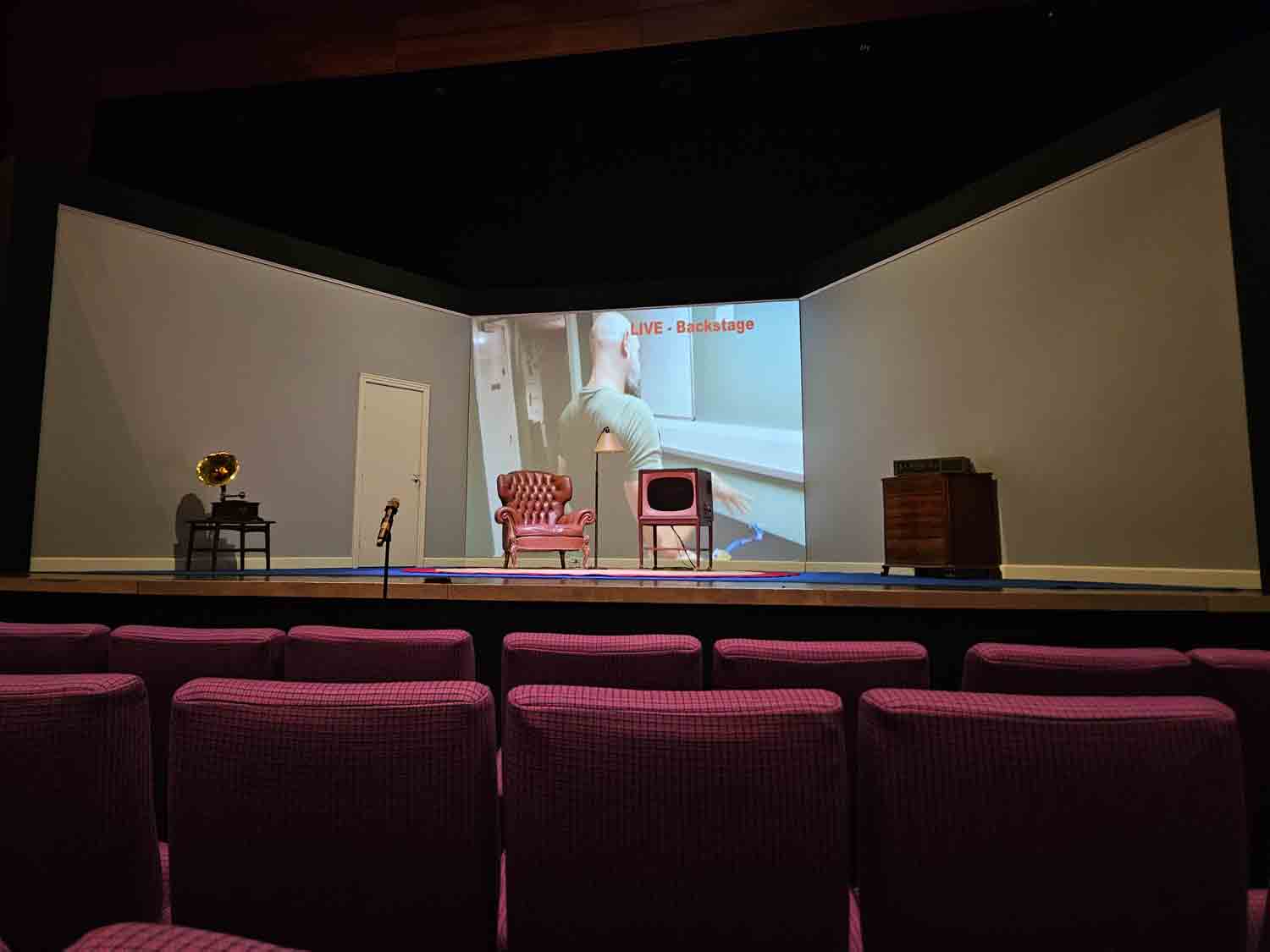 Pre-show at Champions
Pre-show at Champions
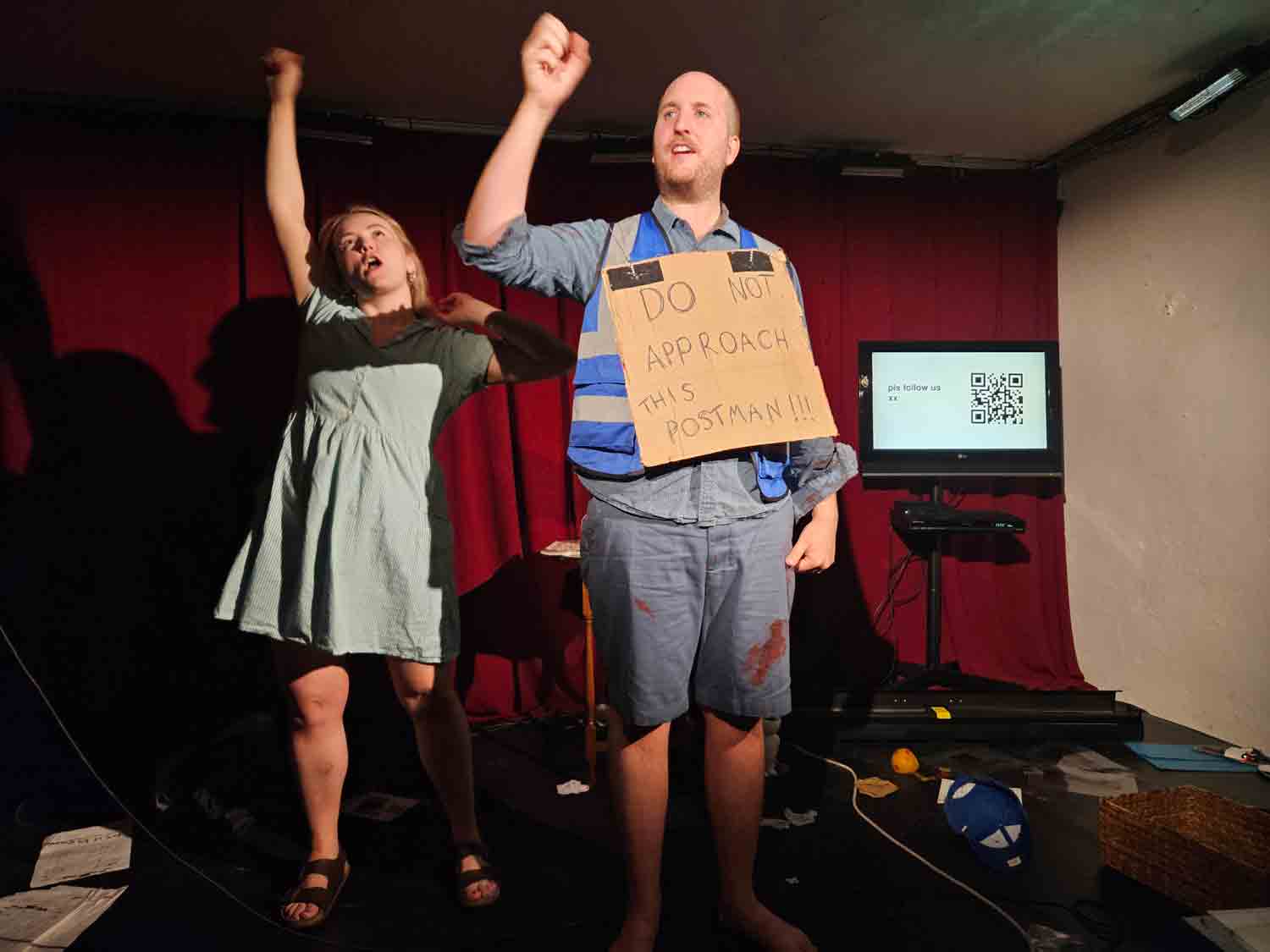 The Mayor and His Daughter
The Mayor and His Daughter
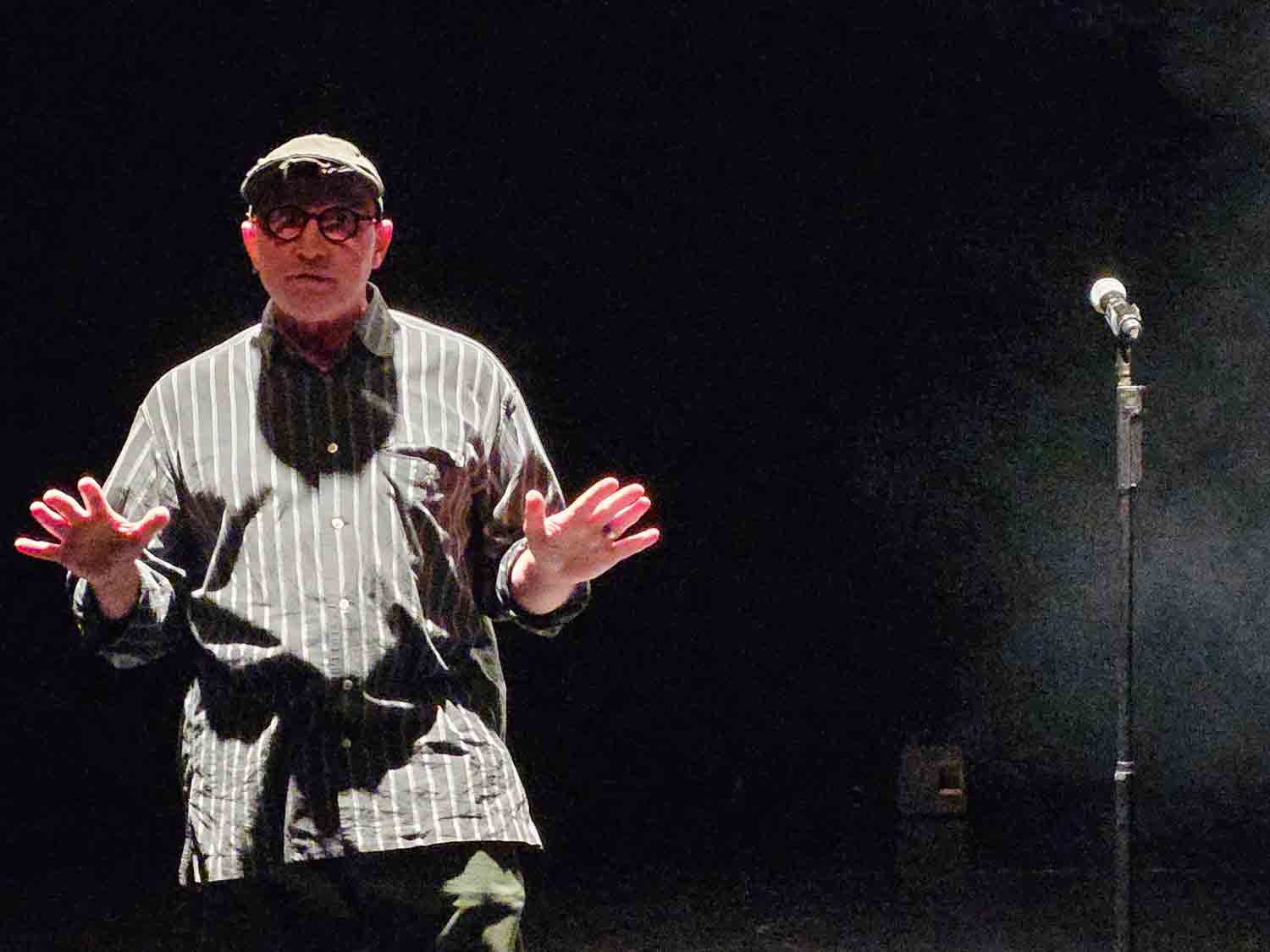 Simon McBurney inviting us to take a photo on our phones before putting the bloody things away
Simon McBurney inviting us to take a photo on our phones before putting the bloody things away
Daniel Kitson
Stand 3
It was a shame that Kitson had decided he didn’t have time to write a ‘show’ but his stand-up was a good fallback. I could happily listen to him wang on about his back-catalogue and brave-boy approach to performance any day of the week. And the intervention of a mildly distracting fan (electric for cooling not human for fawning) made it especially funny. I took no photos, obviously.
Champions
Pleasance at EICC
I was at the final Fringe performance of Andreas Constantinou’s powerful personal story about acceptance. He sat naked, meditating in a chair to huge projections of men wrestling, first in an arena, then a meadow, then sand dunes, interspersed with bright pink. All intercut with dialogue from his father saying how disappointed he was that his son was gay. The show ended with the video of his eulogy of forgiveness at his father’s funeral. Visually stunning and emotionally powerful. I thanked and gave him a hug afterwards (after he’d put his clothes back on).
The Mayor and His Daughter
Assembly Roxy – Snug Bar
A village had been gripped by the demonic forces. The Mayor and his daughter must drive out the evil by performing ‘a genuine appreciation of comedy’ via the lessons learned from the sacred text of a DVD of Russell Howard’s Good News (Series 2) that they’d found in a bush. Very funny and unhinged even if, presumably through multiple performances and tweaks, they seemed to have strayed a fair distance from the narrative path.
Questions for John
(part of the International Festival)
Studio Theatre
Simon McBurney’s experimental and experiential ode to his friend and long time collaborator John Berger. A tricky show to put your finger on. Was it all artifice? Certainly there was a lot of staging and clever use of live sound mixed with recordings. Were any of the seemingly random questions real or was it all scripted? At one point we were all given the finest French cheese to stimulate our senses and simulate an evening with John. Being there felt like I’d been given a peek into a hidden world of intellectualism and aesthetic debate that I assumed only existed on Radio 4.
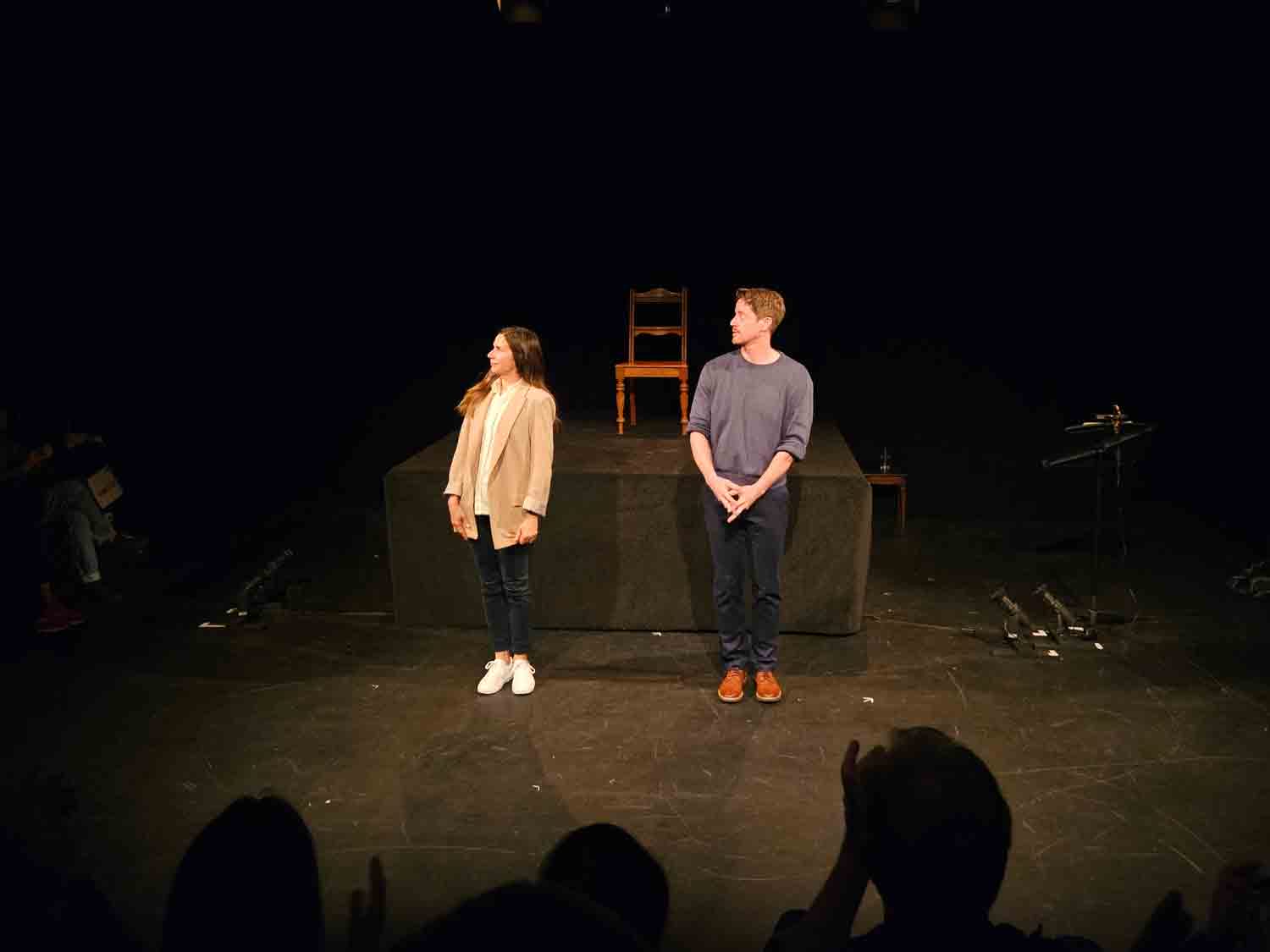 Michelle Monteith and David Patrick after Red Like Fruit
Michelle Monteith and David Patrick after Red Like Fruit
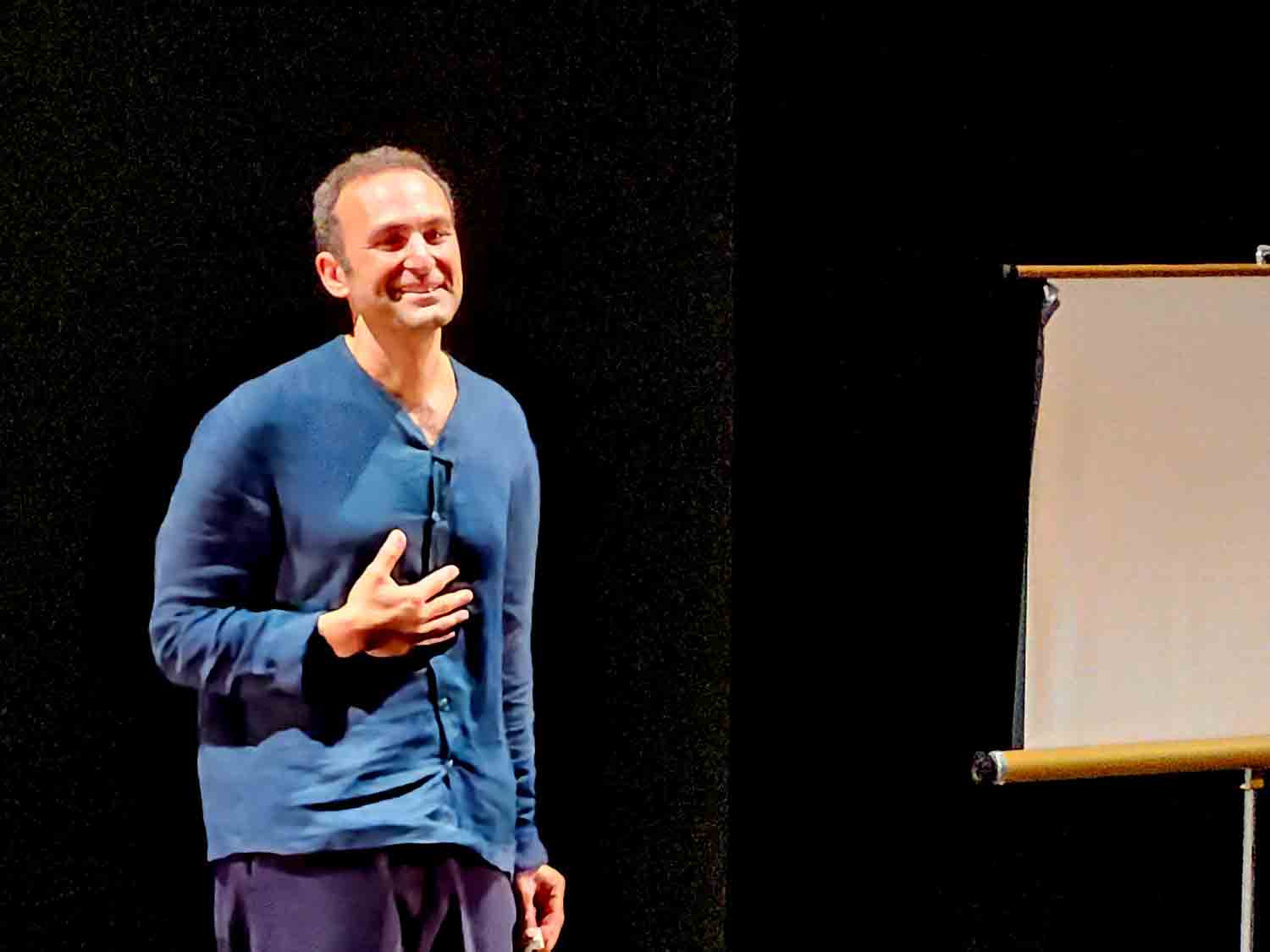 Khalid Abdalla
Khalid Abdalla
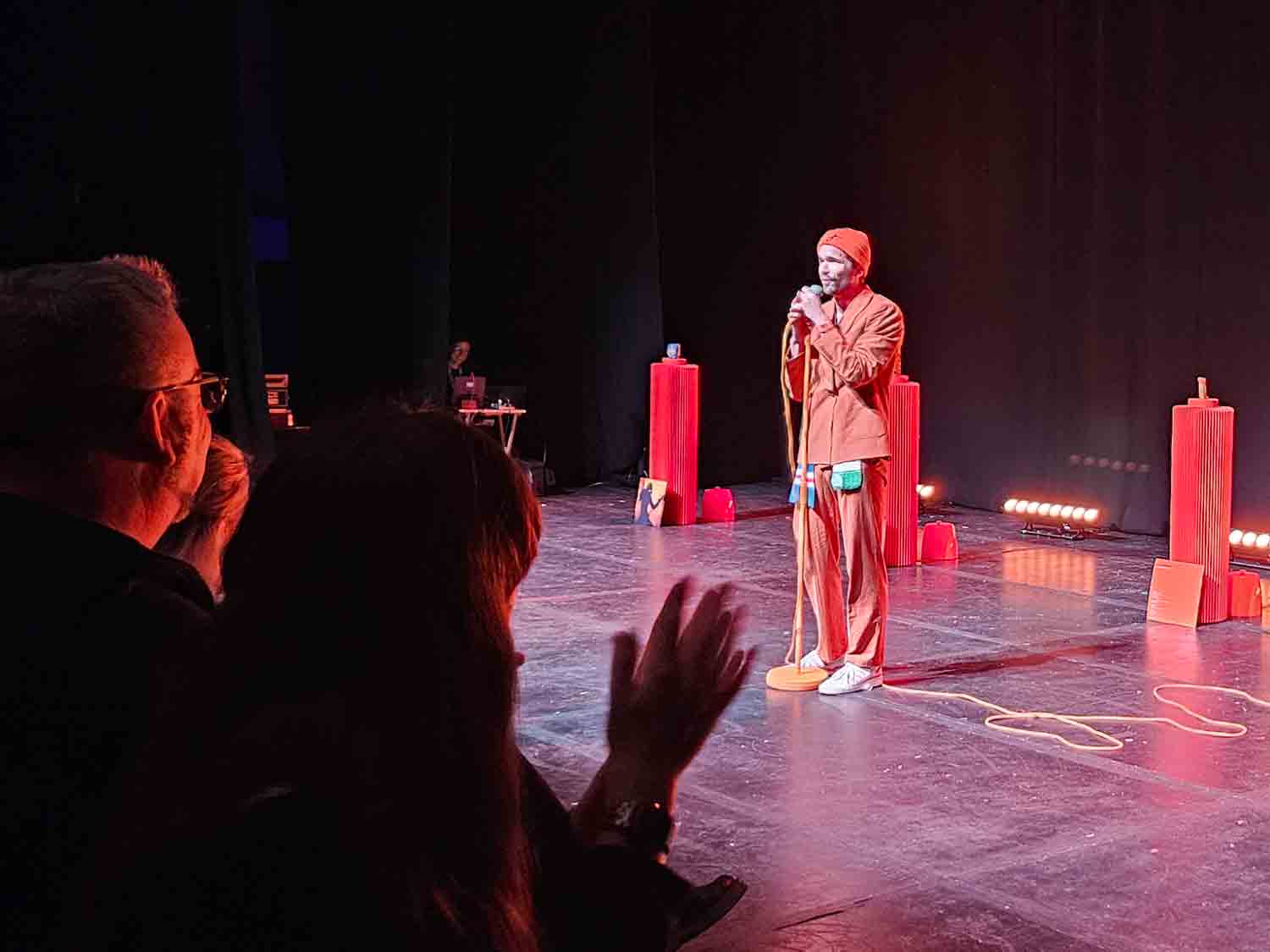 Ivo Graham, all in orange
Ivo Graham, all in orange
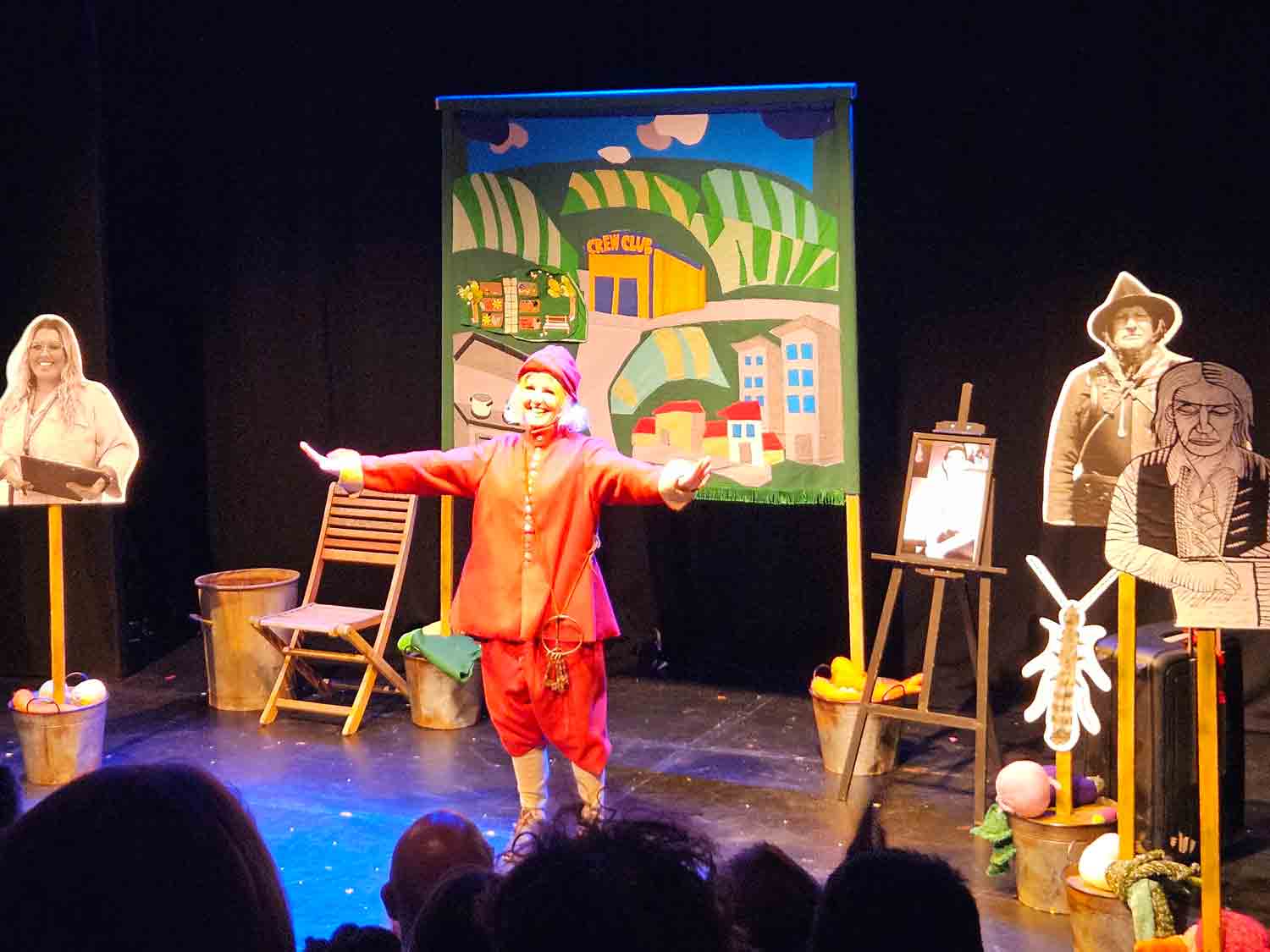 Victoria Melody dressed in C17th garb
Victoria Melody dressed in C17th garb
Red Like Fruit
Traverse 2 at Traverse Theatre
A journalist has written down her thoughts and has asked a man to read them. She’s researching a ‘slap’ by a male political operative on a female staff member; it’s soon clear it was much more than that. The story interweaves with her own teenage experiences. She wonders where trauma ends and ‘normal’ life learnings begin; how much goes unsaid by not wanting to upset or confront; how complicit might she have been in each horrific encounter: in the casual sexual assault by a tour guide or her rape by a cousin. Is it wrong to want to get on with your life and not confront the men who assault you?
Nowhere – Here & Now Showcase
Traverse 1 at Traverse Theatre
A solo show, written and performed by Khalid Abdalla (best known for playing Dodi Alfayed in The Crown). Produced by Fuel.
This was a delicate untangling of the threads of his history, his friends and his family of protestors, and the history that has led us all to this historic moment of civil unrest throughout the Middle East. It was quite a narrative jumble as he tried to reweave so many of his life experiences. But it was expertly done, using his physicality and multi-media. It included a few… ‘he’s projecting things from a rostrum camera, oh he’s moved away, that must be video’… moments, all timed to perfection. We were even invited to draw our own portrait using a provided mirror and pencil. The show drew to a pessimistic end (in a supportive crowd) as he shouted his contempt at the dehumanising of Palestinians.
Ivo Graham: Orange Crush
Grand at Pleasance Courtyard
Ivo didn’t realise he had a favourite colour until his daughter told him it was a shame he didn’t. He chose orange and has thrown himself (literally) head-first into it. The show was all a bit sleight and silly for me, especially in comparison to the emotional heft of the work I’d seen him perform the day before. But he is a hugely affable, likeable and self-deprecating performer so it’s difficult to take offence unless (as he recognises) you are Rangers fan – if you do, he’ll hand you a Panini sticker of your favourite player.
Trouble, Struggle, Bubble and Squeak
Above at Pleasance Courtyard
A one woman (occasional drag king) show about Victoria Melody’s predilection for throwing herself into a topic as her way of dealing with emotional strife. In this case she embraced civil war reenactment, and the story of the Diggers.
Jumping forward from 1649 to the early 2020s, she tells of how she and a band of modern rebels, used the inspiration of Gerrard Winstanley to defeat property developer, reclaim a garden and feed a community. Inspiring stuff.
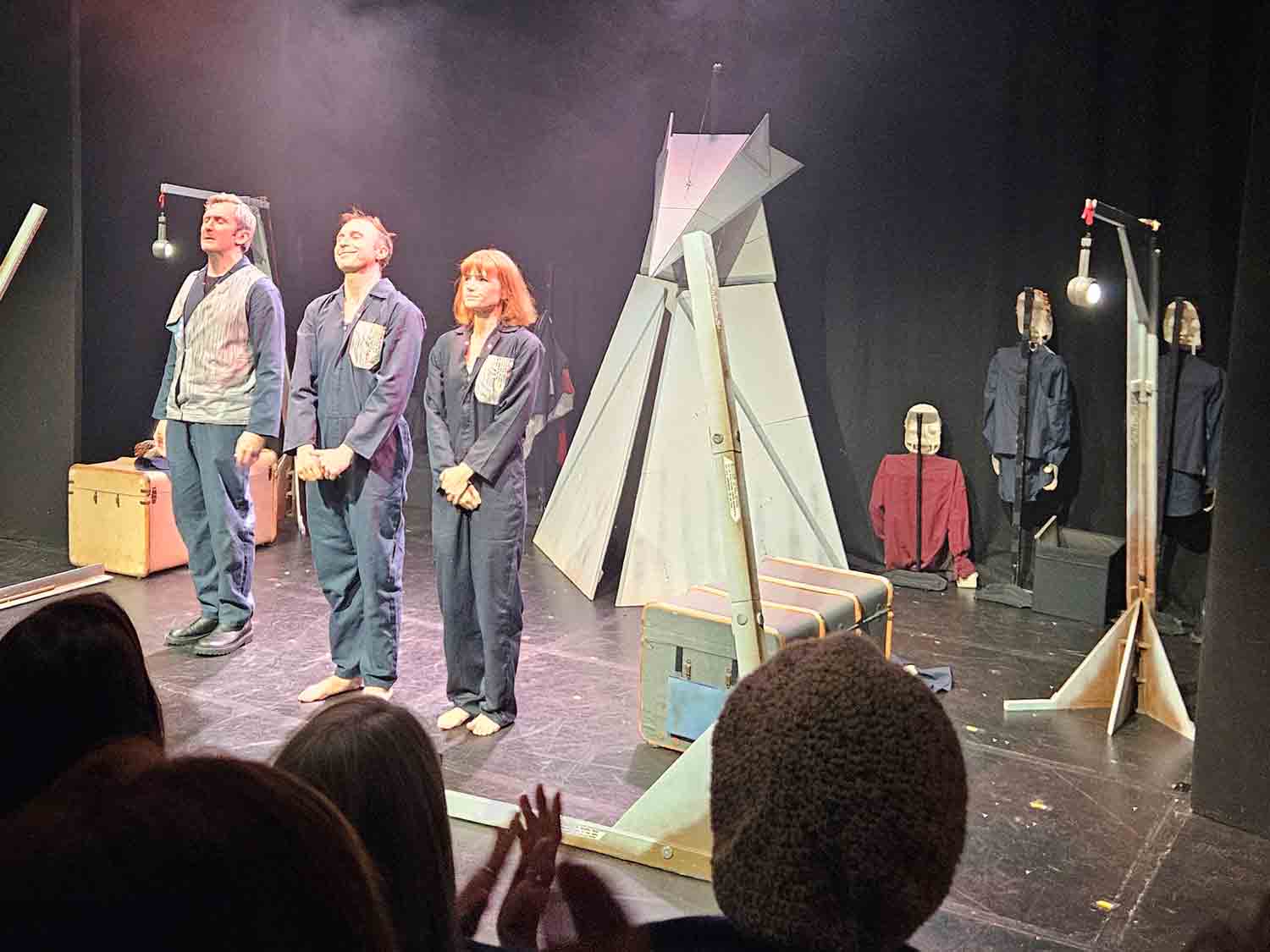 Boxtale Soup company and the 1984 set
Boxtale Soup company and the 1984 set
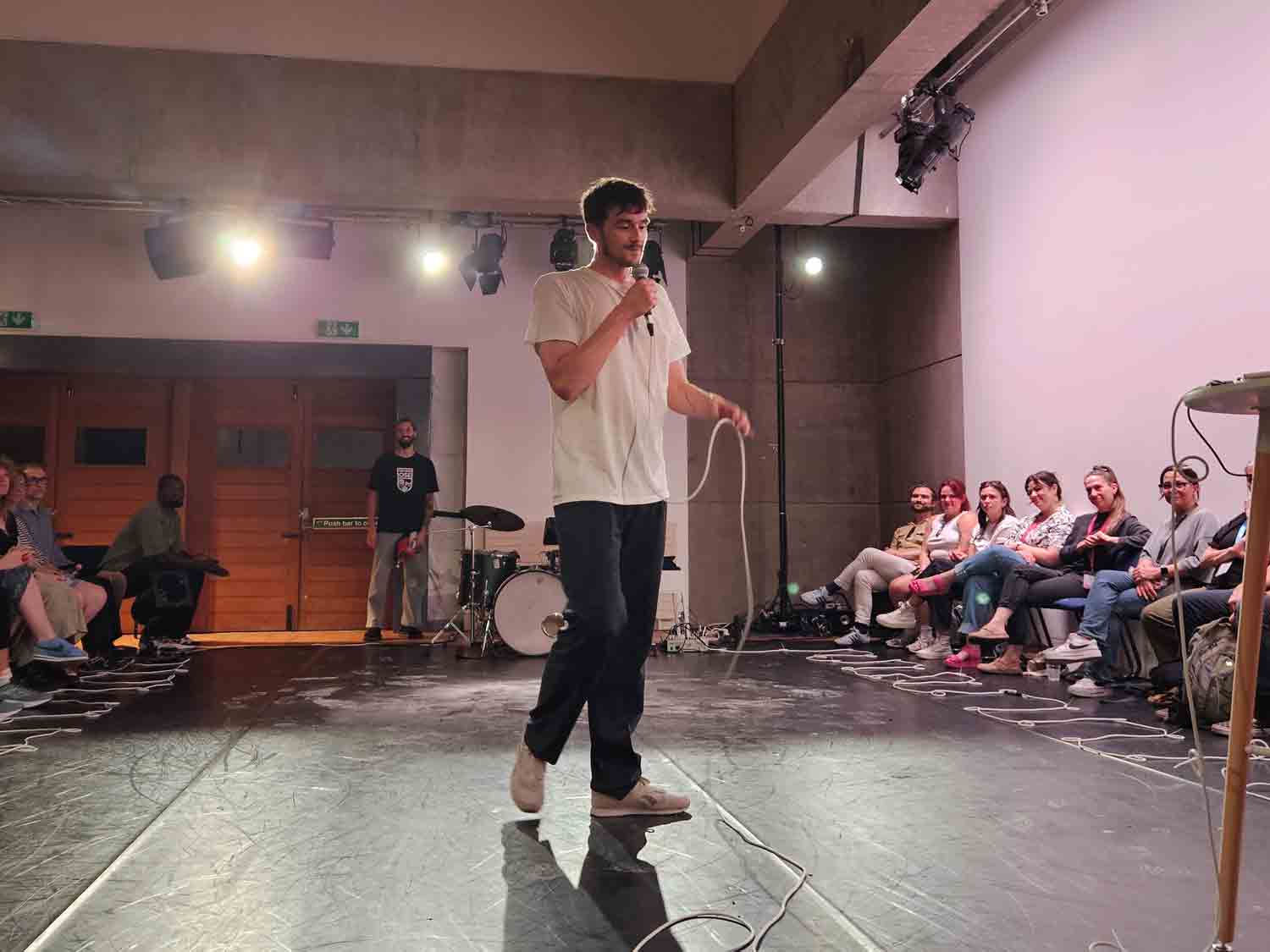 Mark Bleakley
Mark Bleakley
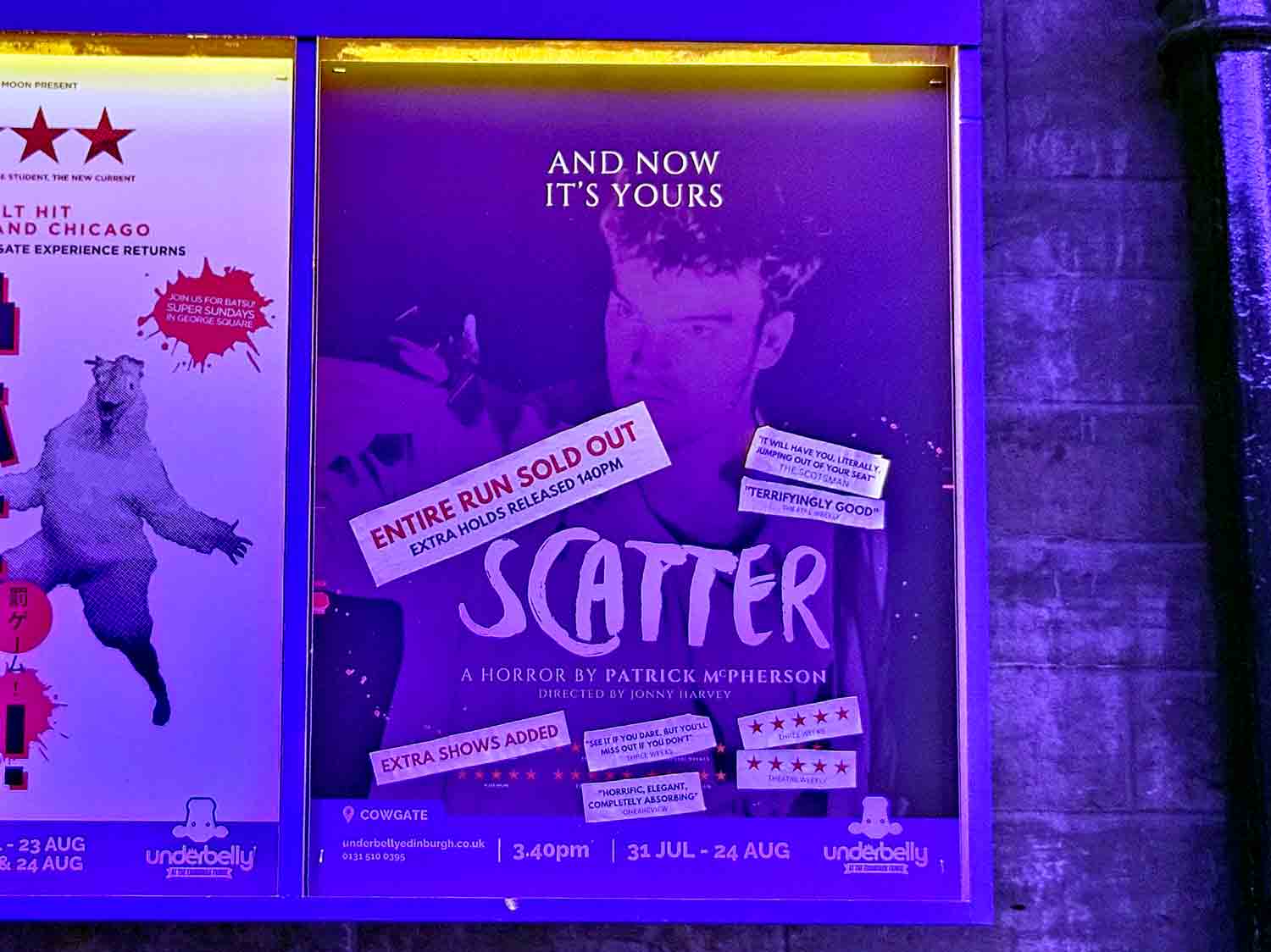
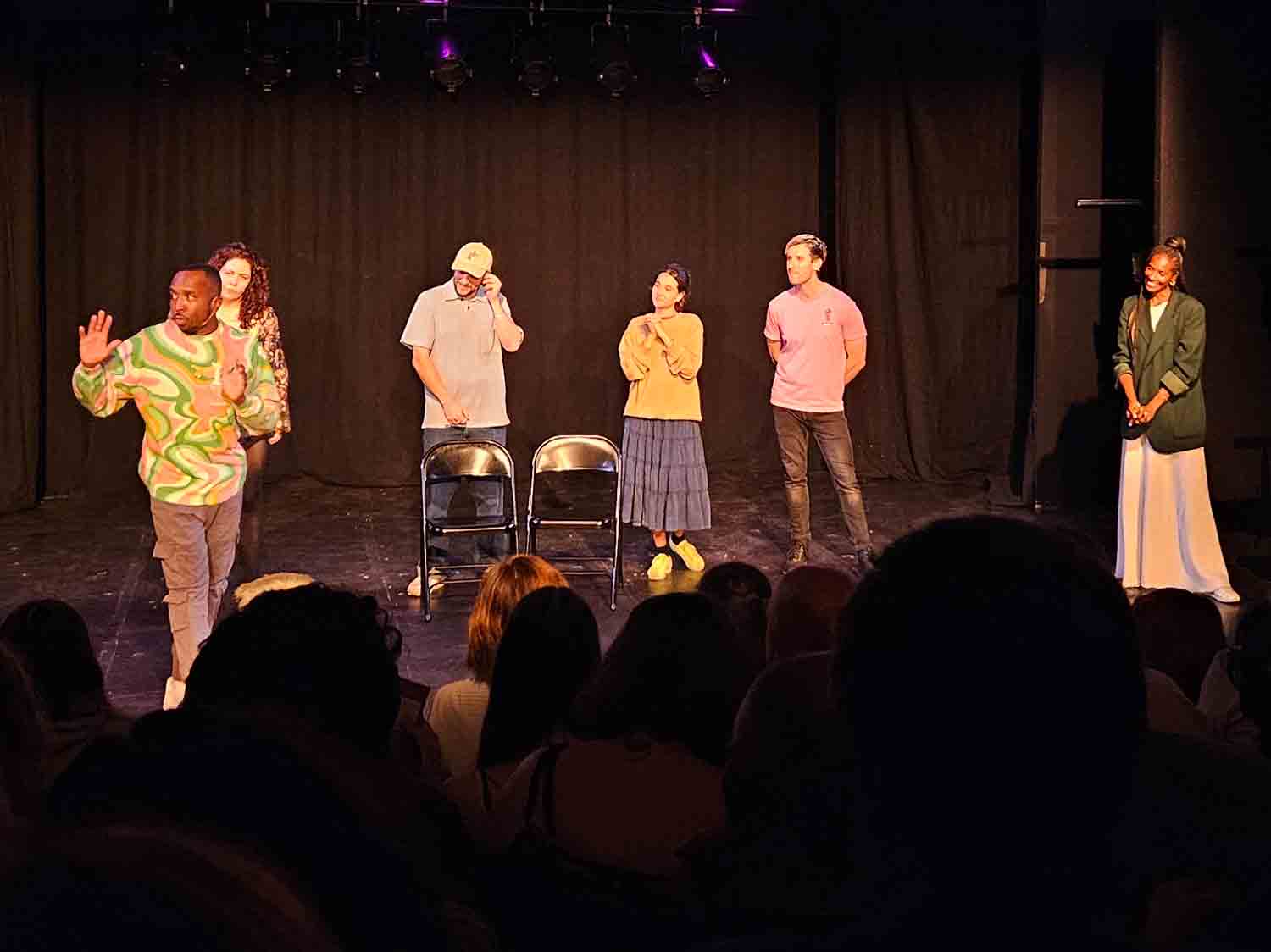 Kiell Smith-Bynoe and Friends
Kiell Smith-Bynoe and Friends
1984
Above at Pleasance Courtyard
Is there anything more to be squeezed out of the 1984 story? Boxtale Soup gave it a go with this impeccably made and interestingly staged production, populated by manipulated mannequins.
Perhaps it lacked the full horror of other productions, or maybe the absurdity of real life has taken the sting from this tale. But it was great to see a fully sustainable production, using recycled materials. I’m also pretty sure I heard the voice of Joanna Lumley, as the announcer of Big Brother.
Stepping In… Spilling Out
DB3 at Assembly @ Dance Base
Mark Bleakley leads an interesting, slightly rambling, and physical (and very sweaty) examination of a dancer’s love of movement. He was really trying to remove the pretence, talking about the journey from dancing on his parent’s carpet to travelling the world as a performer. But it’s tricky to not sound fancy when you talk about Native American pow-wows, and how people centre around their own axis whilst revolving as a group. The addition of a live percussionist was great.
It was the last night of the run and they tried something new by inviting the audience to dance/march. I stayed in my chair.
Scatter: A Horror Play
Iron Belly at Underbelly, Cowgate
Performer Patrick McPherson debuted his first horror play in a dark, dark room with lots of jump scares and well-timed strobing. The story of estranged brothers, returning to a remote Welsh town to scatter the ashes of their father (whose body had been found after several days of decomposition). One brother chooses to stay in the spooky inn, the other camps in the woods – camp-fire horror ensues.
Kiell Smith-Bynoe and Friends: Kool Story Bro
Forth at Pleasance Courtyard
This improv show is based around stories from the audience. Tonight the audience were invited to contribute tales about awkward dates. In many ways I found those tales more horrific than the scary play I’d seen earlier; people seem keen to share the most personal of experiences in the name of comedy (and a moment of audience celebrity). It was cleverly done but hasn’t done anything to change my mind about improv.
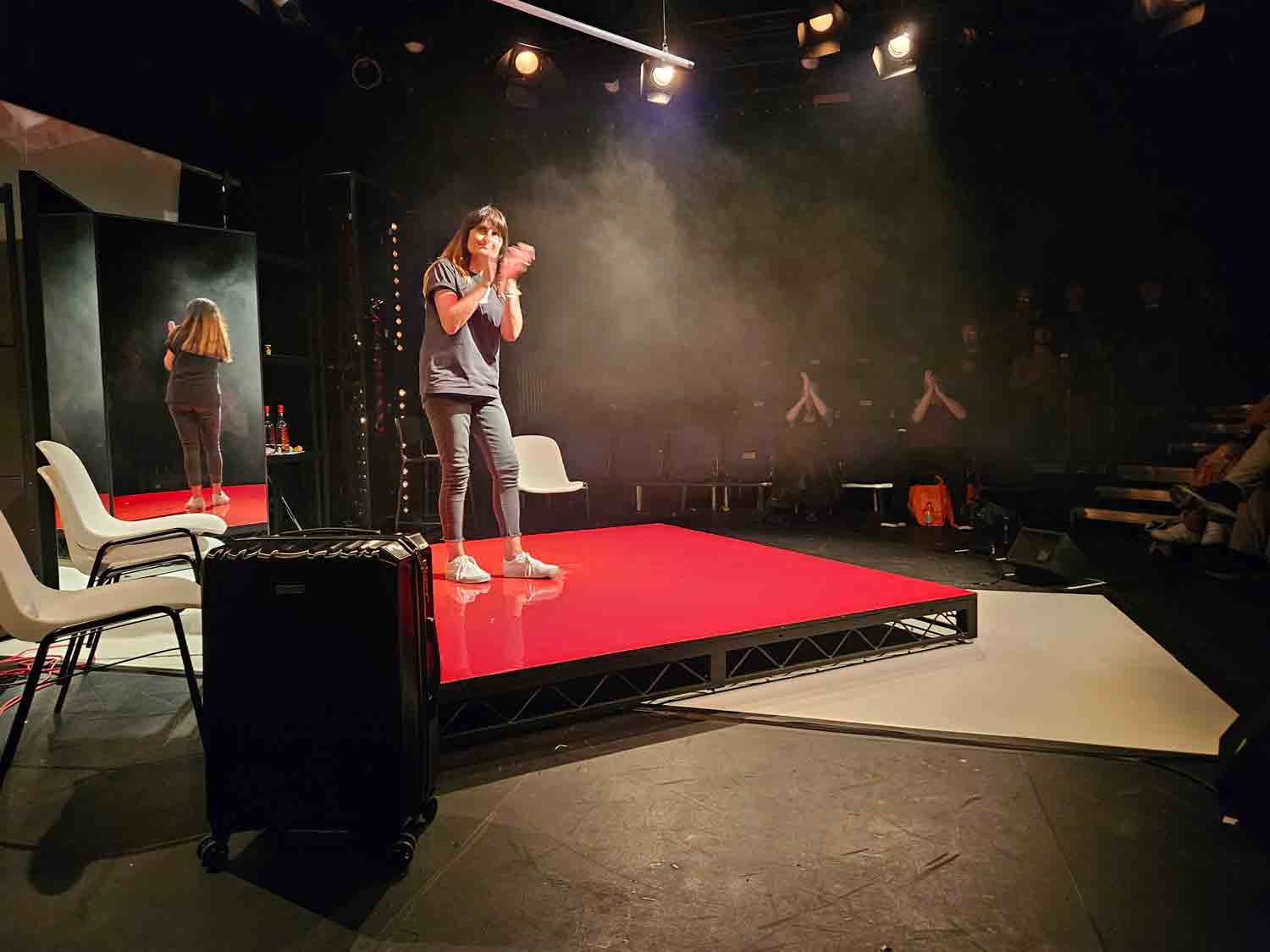 Lucy Barât
Lucy Barât
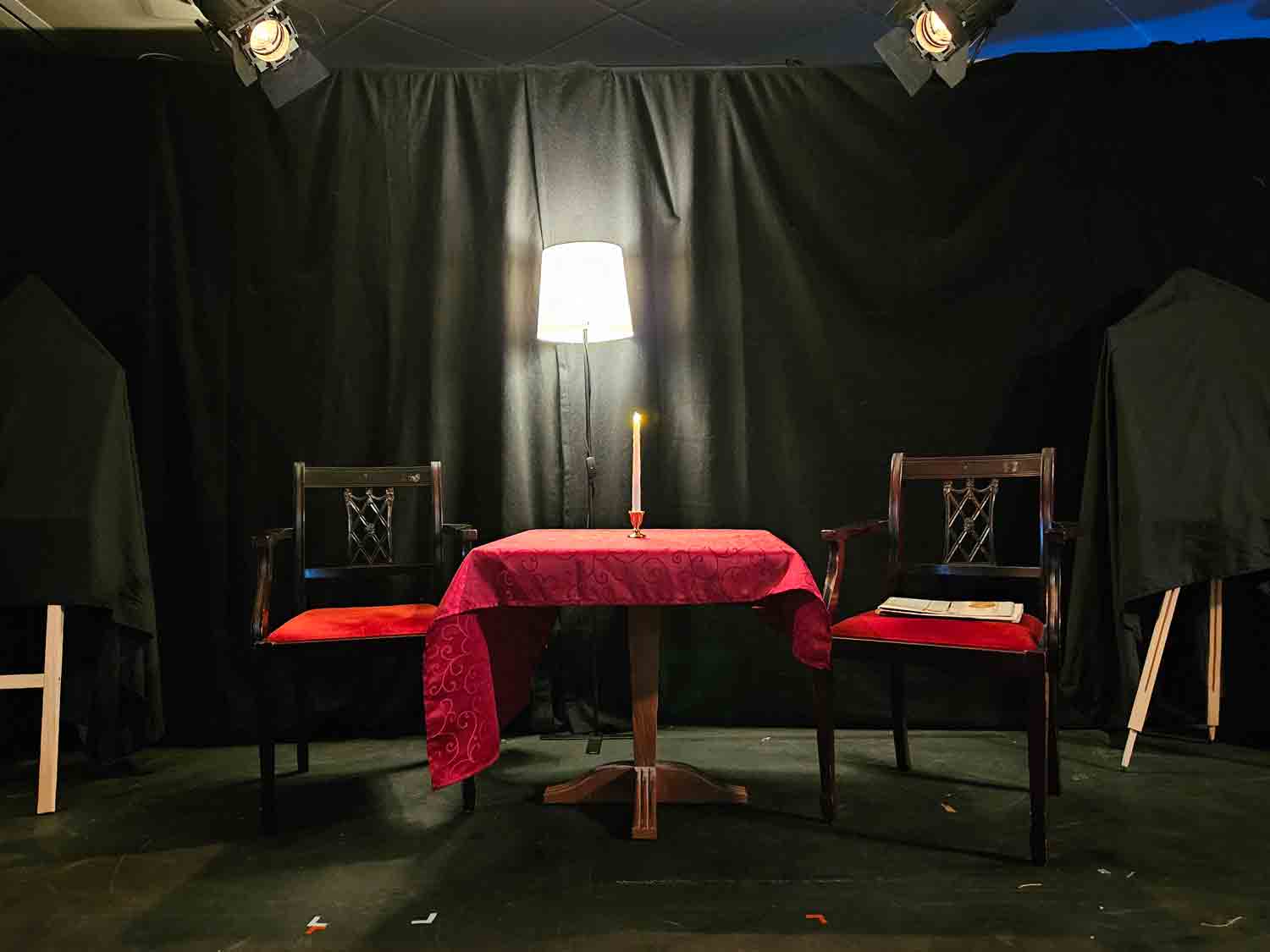 The minimal set from Time Bends
The minimal set from Time Bends
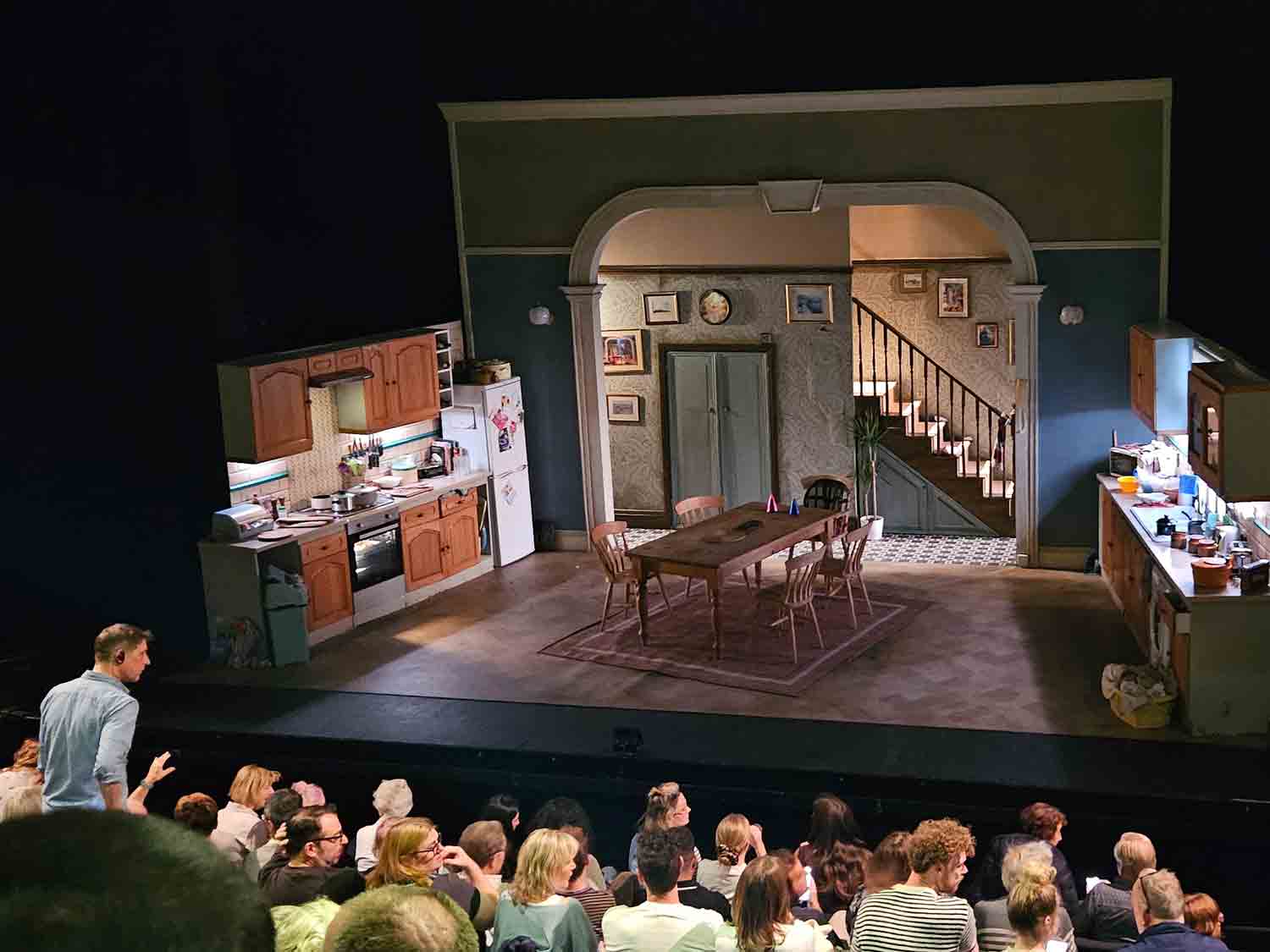 The maximal set from Consumed
The maximal set from Consumed
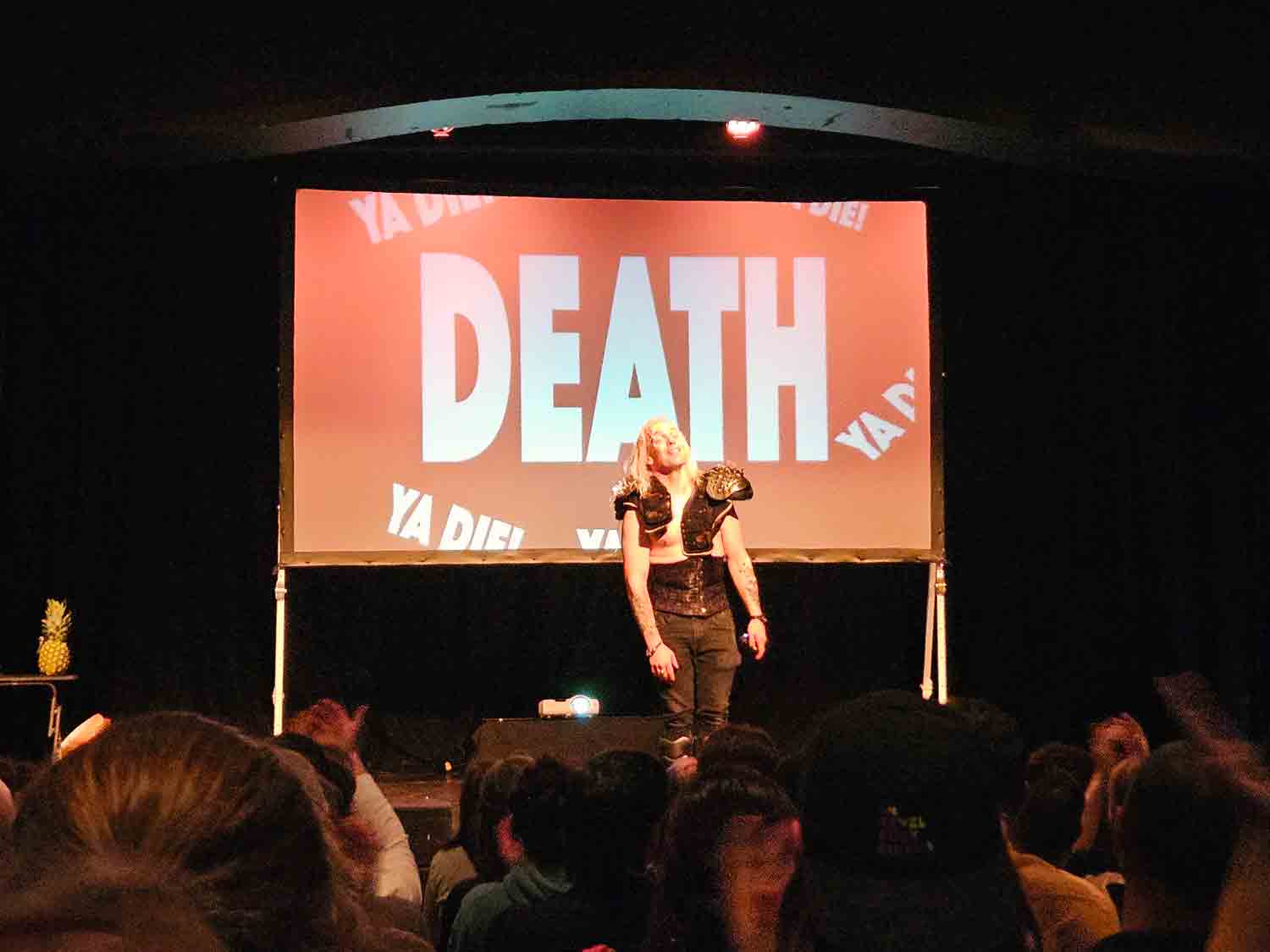 John Robertson as the manic games master of The Dark Room
John Robertson as the manic games master of The Dark Room
Standing in the Shadows of Giants
Traverse 2 at Traverse Theatre
I don’t know what I was expecting from this show from Carl Barât’s older sister, Lucy. She was evidently given the platform (in this prestigious theatre) because of that connection but she announced at the start that this wouldn’t be an exposé about The Libertines (although Carl and Pete Doherty had provided the music and it was billed as an ‘autobiographical show about being a rockstar(‘s sister)’)..
This I Love Lucy Barât show was about her failures, her struggle, her self destruction, her recovery and the life she’s created having discovered her true sexuality. I’m delighted for her but was her story more worthy of a spotlight than any other? I’m not sure.
Time Bends
Space 1 at theSpace on the Mile
In this four-person play, a married hetro couple get a rare night out at the cinema. But a chance encounter transports David back to his time as a student and a memorable encounter with a charismatic older man, Michael.
If I’m honest I found the plotting tricky (maybe I was just tired) and the ‘clever’ references all a bit jarring (maybe that is the point – a young student over-impressed by easy cultural touch-stones). But I was blown away by Tom McMillan’s performance as David. He shone much brighter than the electric candle, flickering on the table.
Consumed
Traverse 1 at Traverse Theatre
Beginning as a conventional theatre show with a big stage set, stuffed with stuff. A mother and daughter return to Northern Ireland to visit Grandma who lives with Great Grandma. Darkly comic and dotted with interesting observations (plus some tired tropes) about the differences between the four generations, each blaming the others for the loss of their men folk.
The play builds into an observational piece about trauma being passed through the genes (as if it were a scientific fact), and a gothic pay-off with buried secrets and a skeleton in the stuff-filled closet.
John Robertson’s The Dark Room
Doonstairs at Gilded Balloon Patter House
Live action video game with choices of what to do next. John plays a manic host with a lot of catchphrases. He does the whole show uplighting his face with a torch, whilst wearing some kind of battle armour. He picks audience members to play the game during which every scenario leads to death* and we all chant ‘You die, you die, you die’.
This show has been touring the festival circuit since 2012 so the vast majority of the audience knew the tropes, the easter eggs, the catchphrases and rabbit holes to take us down – including lots of Christmas and Lighthouse Keeper role playing.
*apparently you can win the game, and John will pay you £1000
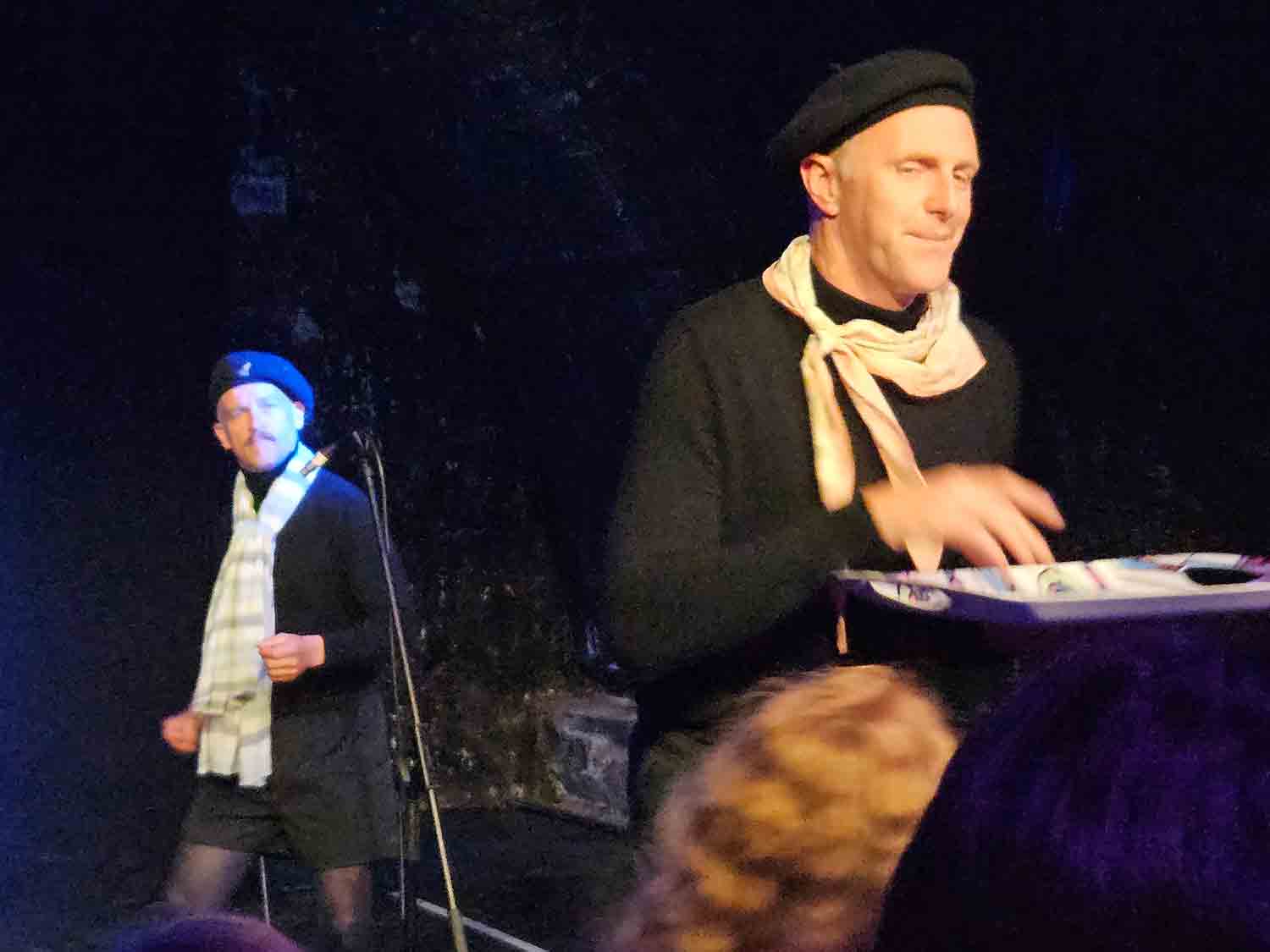 Trygve Wakenshaw and Barnie Duncan serving invisible drinks
Trygve Wakenshaw and Barnie Duncan serving invisible drinks
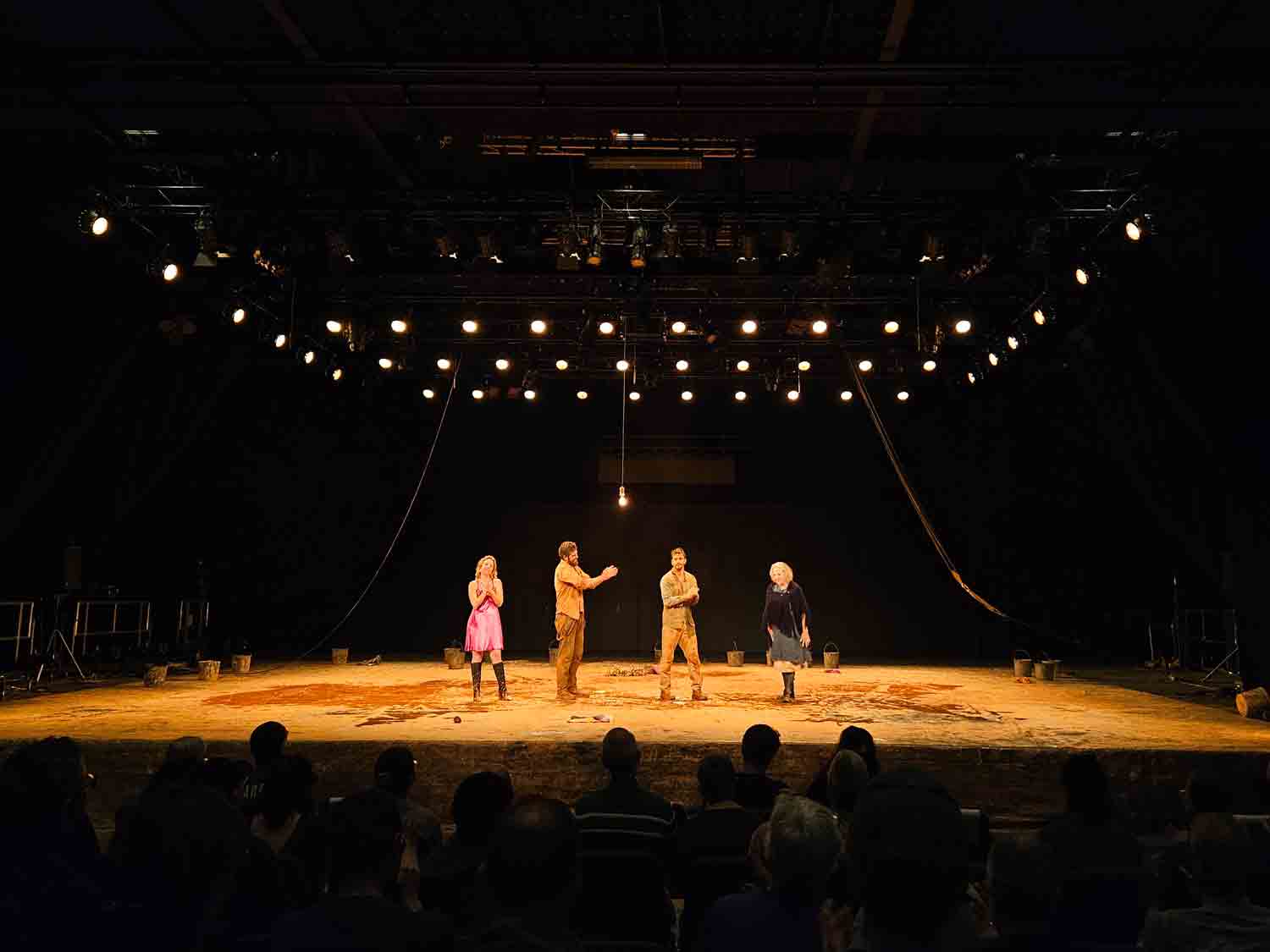 The cast of Tom at the Farm on their huge stage
The cast of Tom at the Farm on their huge stage
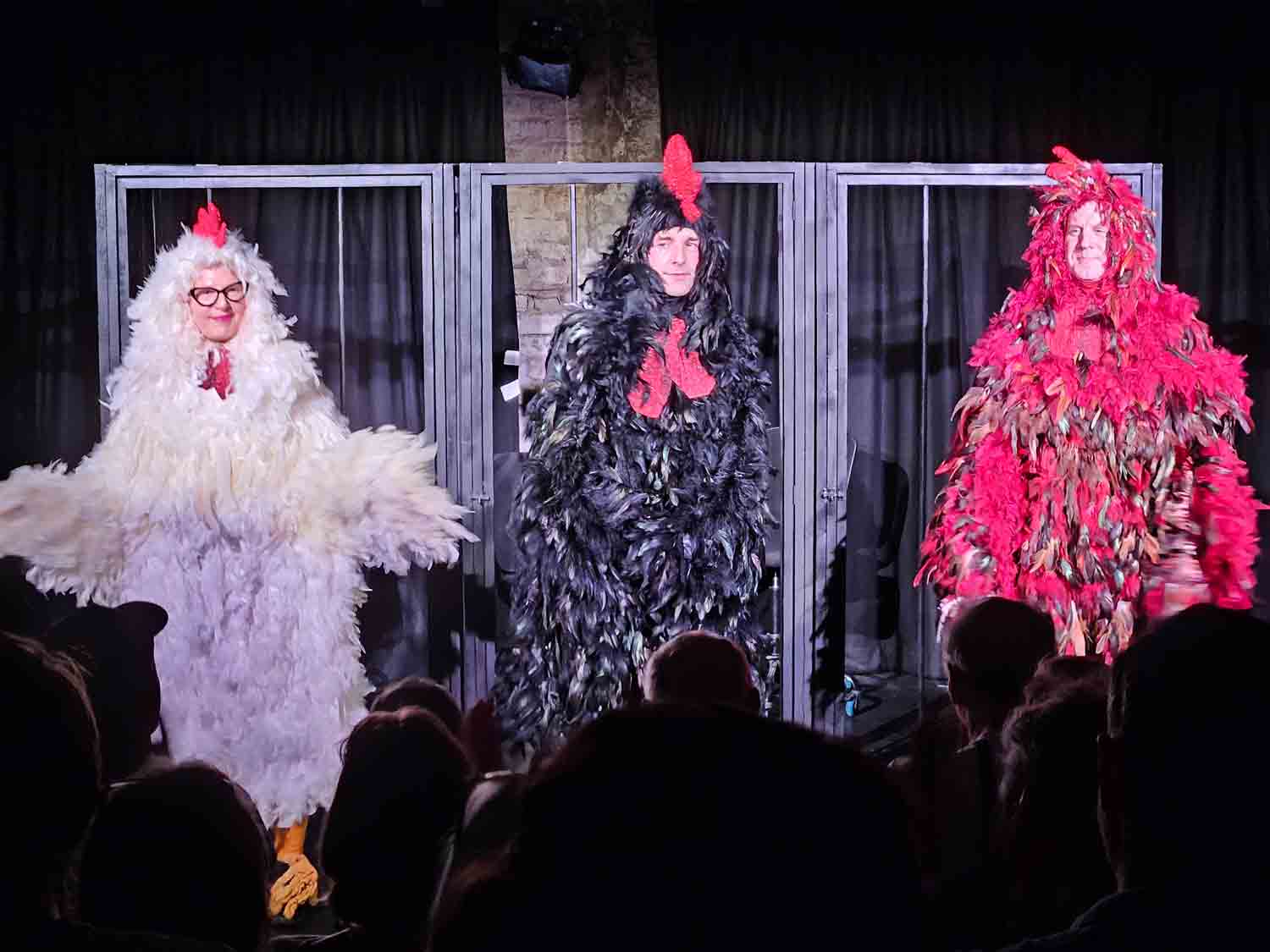 LookFWD Arts as 3 Chickens Confront(ing) Existence
LookFWD Arts as 3 Chickens Confront(ing) Existence
Trygve Wakenshaw and Barnie Duncan: Hot Chips
Big Belly at Underbelly, Cowgate
I’d tried to catch this mime duo’s fully developed show but it finished on the day I arrived, and was sold out before I noticed. So here I was, experiencing a work in progress, evidently early in its progression.
It was silly and lacked form but it was difficult not to feel affection for this charismatically geeky pair trying out new sketches. Invisible pre-show drinks were served from a tray, wordplay jokes were formed by spray painting graffiti from invisible cans. There was water-skiing plus a shark, being a swan plus a shark, and getting stuck in front of the fourth wall.
At another time this might not have appealed but at 11:10pm, after a day of intense performance, this silly miming was very funny and exactly what I needed.
Tom at the Farm
Lennox Theatre at Pleasance at EICC
This very Brazilian production, performed in Portuguese (with surtitles) on a massive stage with no set (other than metal buckets of liquid filth, thrown onto a huge tarp) is a stage adaptation of a French/Canadian film of the same name.
Tom visits the rural farm where his recently deceased male partner’s family live. His partner’s mum apparently has no idea he was gay and assumes they were just friends. The psychopathic brother knows exactly who Tom is and uses the knowledge to psychologically and physically torture him. The pair also adopt a kind of slave/master/sexual relationship.
The pretence is shattered when a fake girlfriend turns up. She pretends to only speak English which is oddly played for comedy. Actually the whole show has a very unusual tonal register. At 2hrs long, it’s all very ‘international theatre festival, award-winning’.
Betty Grumble’s Enemies of Grooviness Eat Sh!t
Upstairs at Assembly Roxy
People have told me that this show reinvents the form and changes everything. It made me feels like I was missing something.
Performance artist and sex clown, Emma Maye Gibson gradually adopts the trappings (wigs from every year of the Fringe, fluoro body paint) of her Fringe-favourite alter-ego Betty Grumble, beneath a giant painting of her vagina, alongside images of feminist and queer icons.
I was up for the empowering aerobic class and the anger at the judicial system that protected her controlling ex-partner. But I lost interest as we all had to sit through her centrepiece ‘grief cum’. To me it felt like the ultimate act of self-indulgence rather than empowerment.
I enjoyed dancing to Frankie’s Relax but I could feel that the title act was nearing and I really wasn’t interested in watching anyone literally eat shit. So I slunk out the back door, just as “hot assistant” Craig Slist (Megana Holiday) kicked into one of my favourite L7 songs, Shit list.
3 Chickens Confront Existence
Belly Button at Underbelly, Cowgate
In this long running American touring show, three people, in chicken costumes, stand in black metal cages, chatting about the mysteries of life.
It’s a genuinely interesting idea that sometimes pays of with pathos and humour. I do wish they’d pushed the constructed reality even further – surely if these chickens had been bred in a broiler facility the’d have no knowledge of history or the world outside their shed; wouldn’t that have made for more comic possibility?
Still, it was fun and funny and the performers seemed to really enjoy strutting about afterwards in their fully feathered bodies.
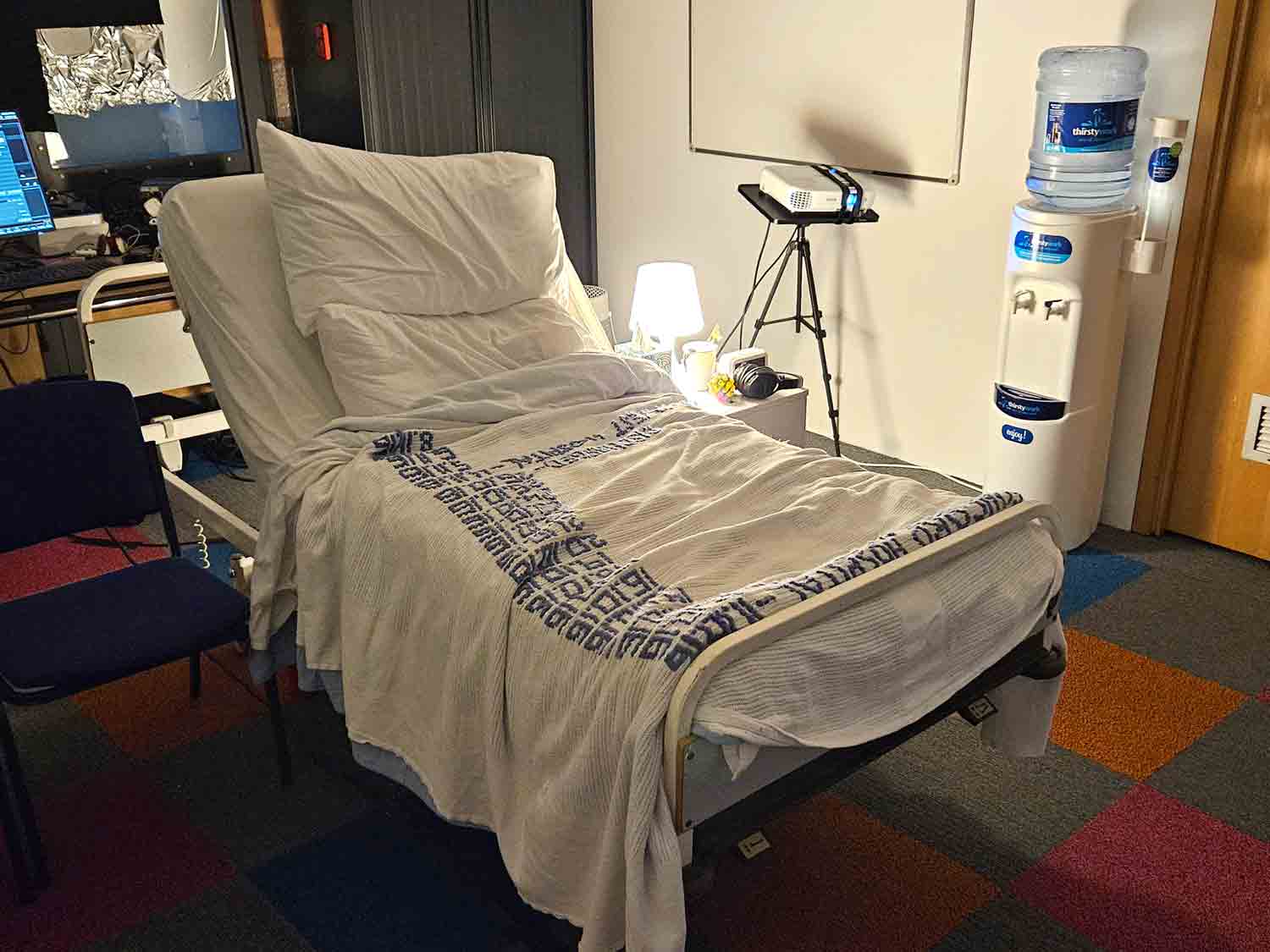 The hospital bed with Ayers's many admission dates embroidered into the blanket
The hospital bed with Ayers's many admission dates embroidered into the blanket
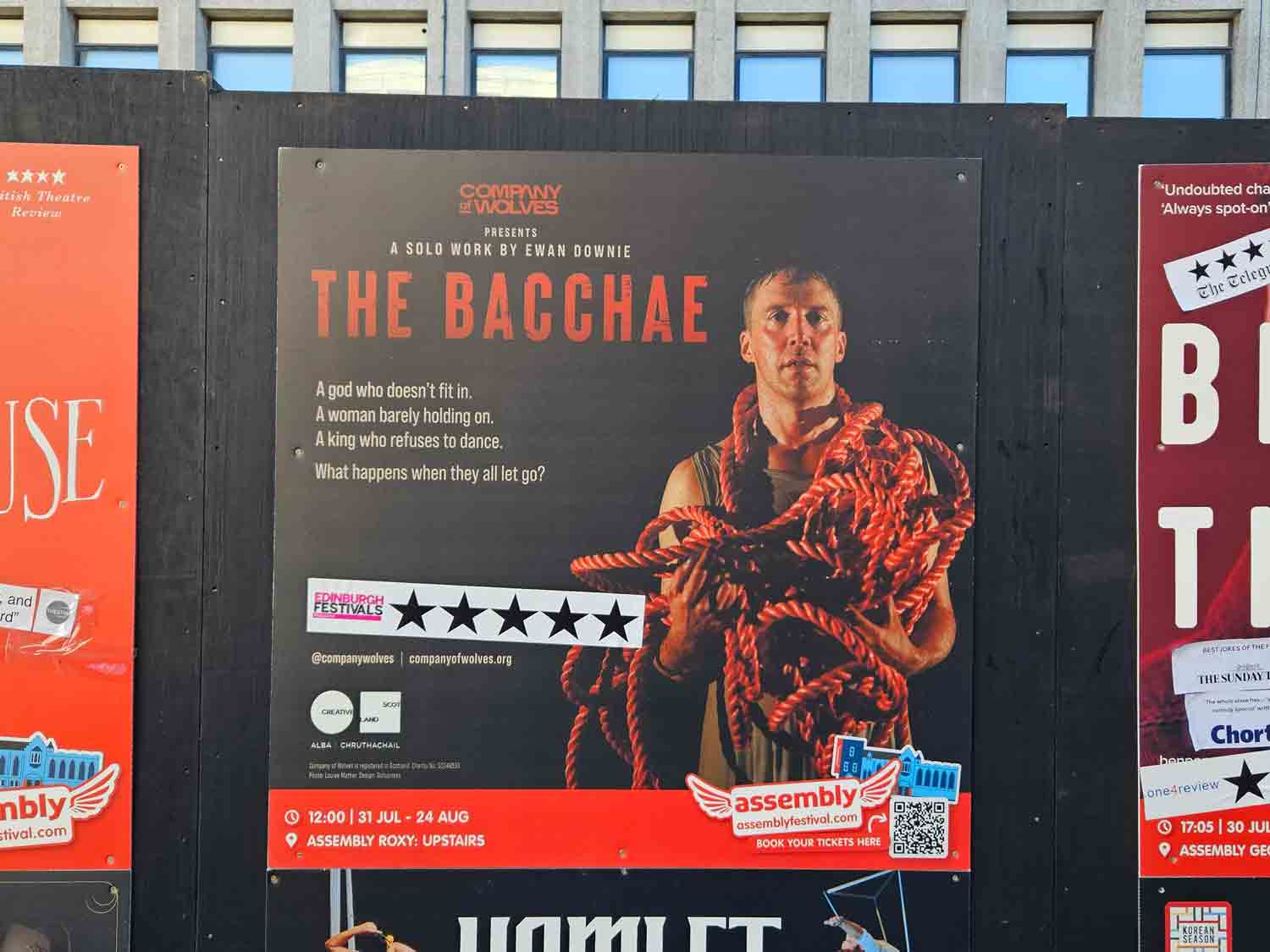
I’m Ready to Talk Now
Traverse Foyer: Meeting Point at Traverse Theatre
Oliver Ayres is a trans performer. Within months of starting testosterone injections and having top surgery, they developed a rare immune deficiency syndrome. This is the story of that time, told to one person at a time.
Of course it was intense and moving. it also encapsulated the biggest trend of this year’s Fringe – personal trauma, expressed as much as catharthis for the performer as entertainment for the audience. It’s an interesting phenomenon and I’m not yet sure how I feel about it.
It meant that, before we started there were countless caveats and ways to ensure accessibility: options for a touch tour, surtitles, audio description, a version that is less intense… would I be comfortable sitting in the bed or would I prefer to be in a chair… what are my expectations… the show features scenes of dying and transphobia and mentions of blood (but no actual visual references)… we can stop at any time… feel free to remove the headphones if it gets too much… and.. recognition that the work had been made on the land of native people of Australia. All important stuff but a bit weird to be going through in such detail in such an oddly intimate space.
Eventually, I sat in a hospital bed whilst the artist narrated a version of their story through headphones whilst they moved around me in a kind of interpretive dance, and an image of a the exterior of a hospital was projected before me.
The most moving part for me was the darkness, broken by sudden light and the voice of a tired and self-pitying nurse, come to record my vitals. That really reminded me of my own hospital experiences. So maybe I was just being selfish.
The Bacchae
Upstairs at Assembly Roxy
The retelling of the play by Euripides (apparently). I’m going the see a staging of it at National Theatre next month so was keen to get a chance to learn the story and compare the productions.
The Bacchae is the story of Pentheusm, the King of Thebes and his mother Agave, who were punished by the god Dionysus, who was born from the leg of Zeus after Semele (Agave’s sister) burst into flames upon seeing the true appearance of Zeus as a God (and Zeus transplanted the ember of her foetus into a wound in his thigh).
The fact that I followed that plot, via this extended poetic rendition is testament to the mesmeric performer, Ewan Downie. Walking on stage, Downie began by sing-chanting with such conviction that we were all transported back to the time of the Greek Gods. The set was a simple series of strip lights in metal cages, the only real prop was the thick red rope, featured in the poster. Lighting and sound worked very hard to conjure atmosphere from the darkness.
Level Up!
Big Yin at Gilded Balloon Patter House
Breaking my ‘no musicals’ rule, I saw this tale of three gamer friends who learn valuable lessons about real life through being transported into an 8-bit video game (with online assistance). It was exactly what I expected it would be. I won’t rushing to replay that game but it’s always worth rechecking.
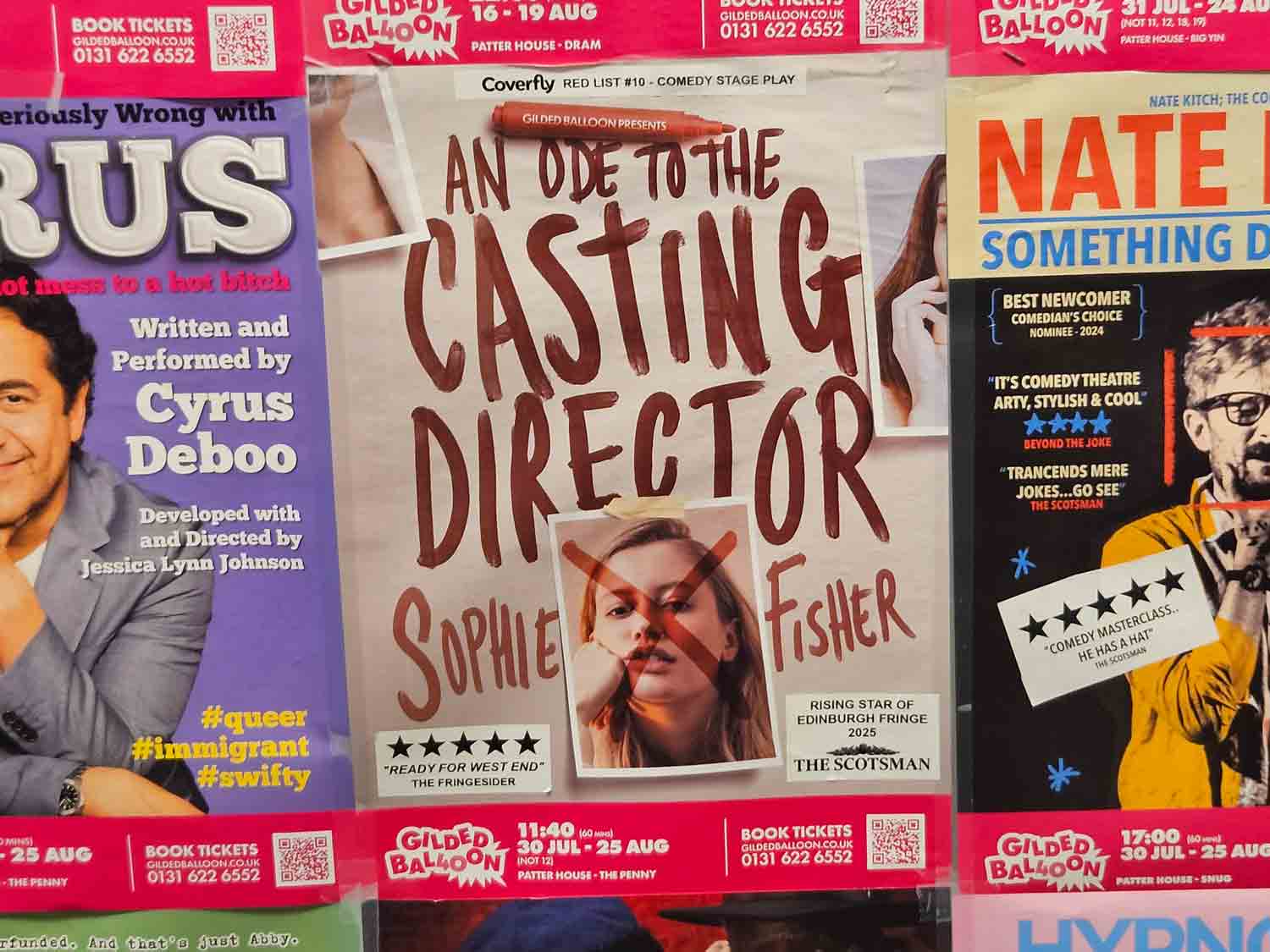
 Ritika Shrotri on stage with her mum (right)
Ritika Shrotri on stage with her mum (right)
Ode to a Casting Director
The Penny at Gilded Balloon Patter House
An impressive one-person showcase for the evident talents of actor Sophie Fisher, in a very small and crowded room. The addition of a camera and projection was a nice touch and gave us some interesting perspective, and Sophie showed some great comic timing. But the subject matter felt a bit too crowd-pleasing and obvious, and the entire set was too vanilla (in tone and texture) for my tastes.
The Light Catcher
Space 3 at theSpace on the Mile
According to perfomer Ritika Shrotri, this was the only show by an Indian company at the Fringe.
The Light Catcher is a beautifully crafted tale from the perspective of a female photographer as she charts her career from early interest in light and shade, to international tours as a leading portraitist. The structure is well-worn – we are witnessing an interview: asked to talk through her career favourite images, the performer recollects the scenes and moments and inhabits every role, using shadows and minimal costume to transform her age and stature. But why won’t her mother pose for a photo, and why was she always told to be behind the camera and never in front of it?
As the show ended we were given some insight into Indian hospitality (and the rapid turnarounds of Fringe shows), with the performer’s mother on stage collapsing the set as her daughter thanked us for coming and offering us snacks for our onward journey.
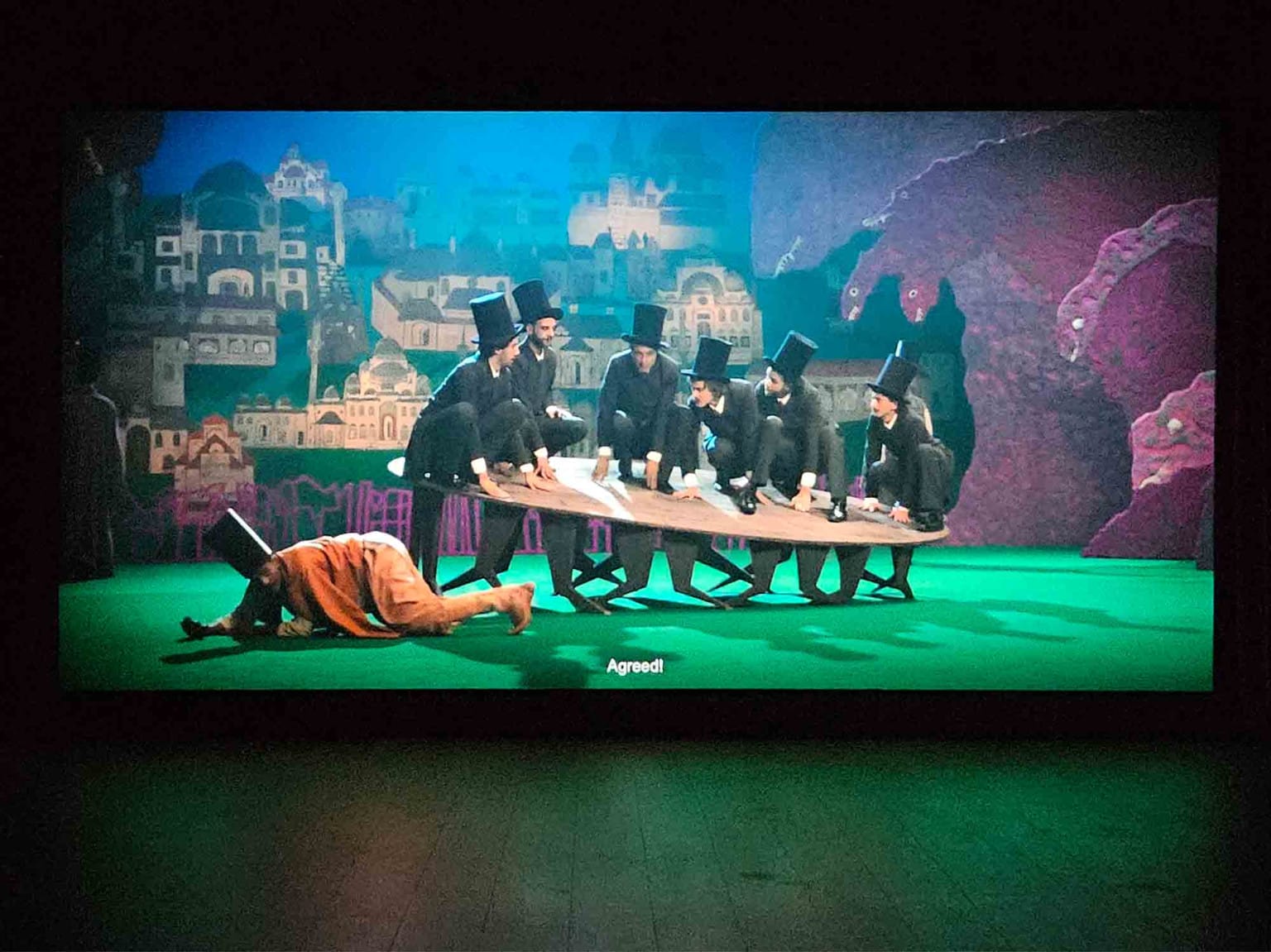 A still image from Wael Shawky's Drama 1882
A still image from Wael Shawky's Drama 1882
Wael Shawky
Talbot Rice Gallery
As I’ve done in previous years, I felt the need to escape from the actors and clowns for a little while and I spent a couple of hours in the always excellent Talbot Rice Gallery.
They were hosting a solo exhibition of work by Egyptian artist Wael Shawky across both of their big gallery spaces. The show proved to be the perfect historic context to the Nowhere performance I’d seen earlier.
In the work, ‘Drama 1882’ (which I’d previous caught a section of at the Egyptian Pavilion at the 60th Venice Biennale in 2024) Shawky highlights the events leading up to the British occupation of Egypt in 1882. He stages the scenes like operatic vignettes with deliberately stilted acting in exaggerated sets. I sat transfixed through the full 45 minutes.
In his ‘Cabaret Crusades’ series, Shawky jumps further back and recreates the stories of the Crusades from an Arabic perspective. But, rather than human actors, he has commissioned dozens of delicate marionettes, all crafted from Marino glass. The actual models were all on display, as was a huge projection of the cinematic stories. I dipped in and out of the 2hr programme.
![]()
Some final thoughts…
It was striking that so many shows, in this year’s Fringe, seemed to be ways for the performer to work through their own traumas rather than setting out to inform or entertain. I think that’s OK but it is a shift in the relationship to the audience. I saw at least two performers comment on it as a trait, including James Rowland who said that we needn’t worry, he’s done the therapy, if it looks like he’s getting emotional it’s because he’s really good at performing; he really is good at performing.
There was also a lot more clowning than I’d ever seen before. Maybe physical performance and mime (and ventriloquism) are having a huge resurgence. Or maybe I just sought those things out like a hog snuffling for comedic truffles. I’ve built a new bank of must-see performers who I’ll be seeking out for London tours (and one who I’ve already booked to see in Canterbury).
I am so looking forward to my next Fringe.
